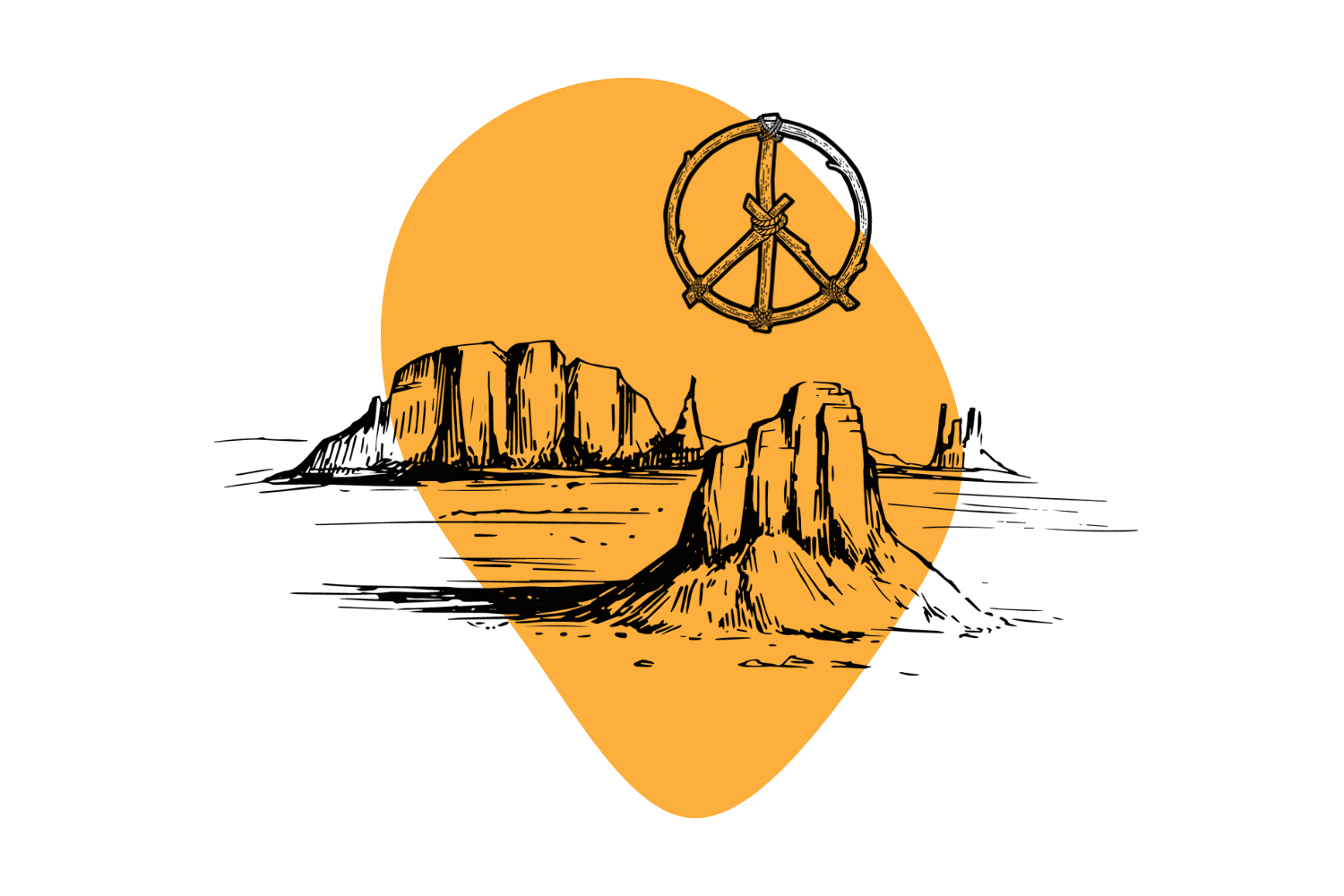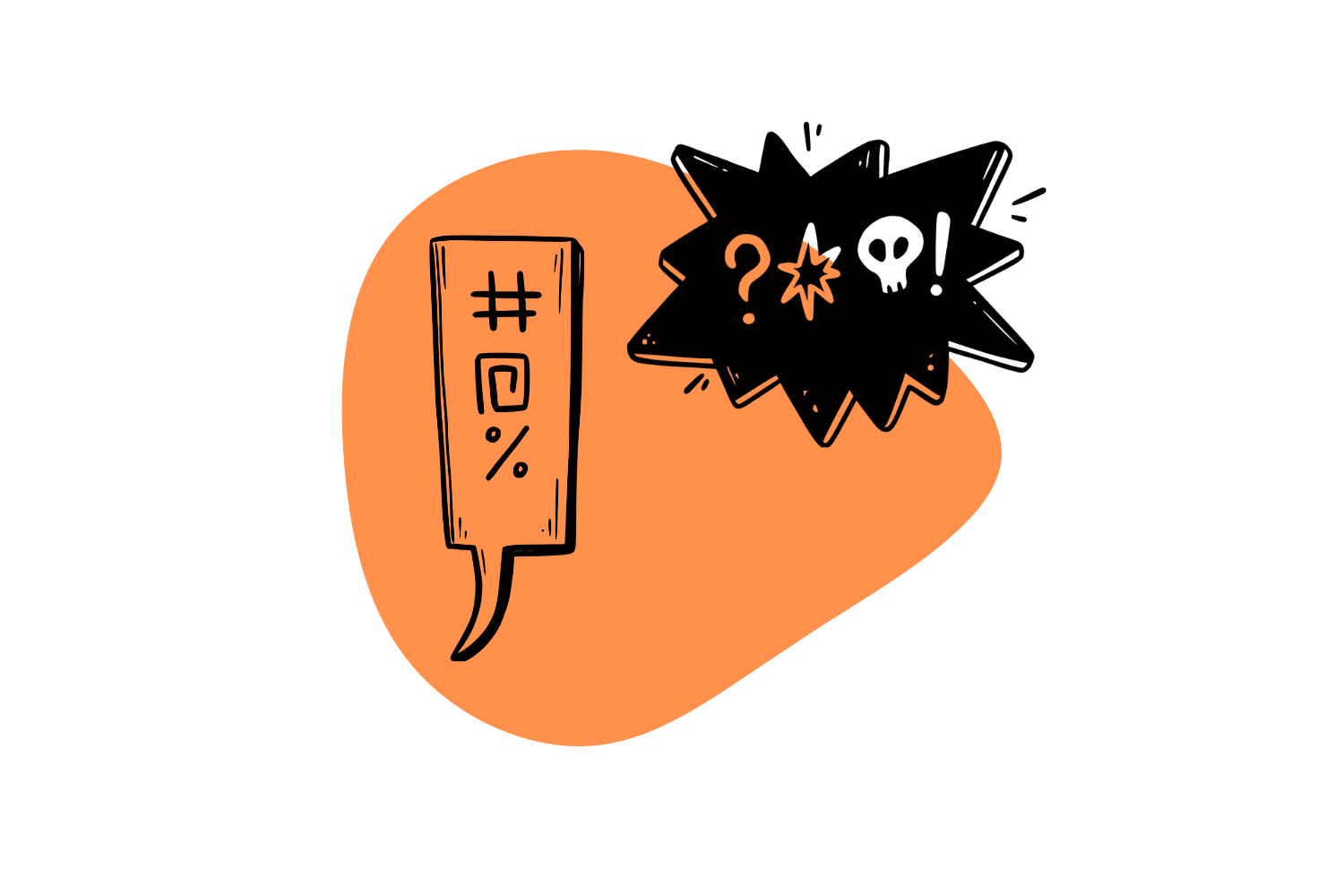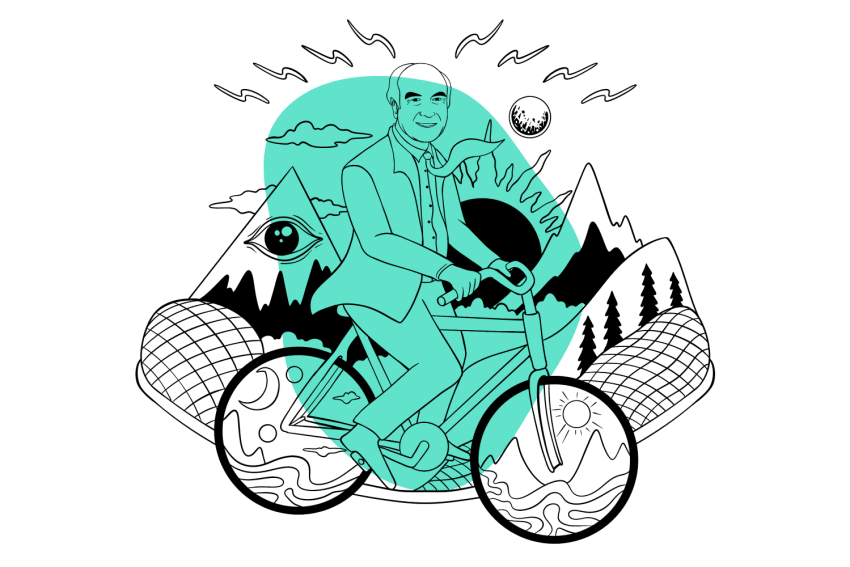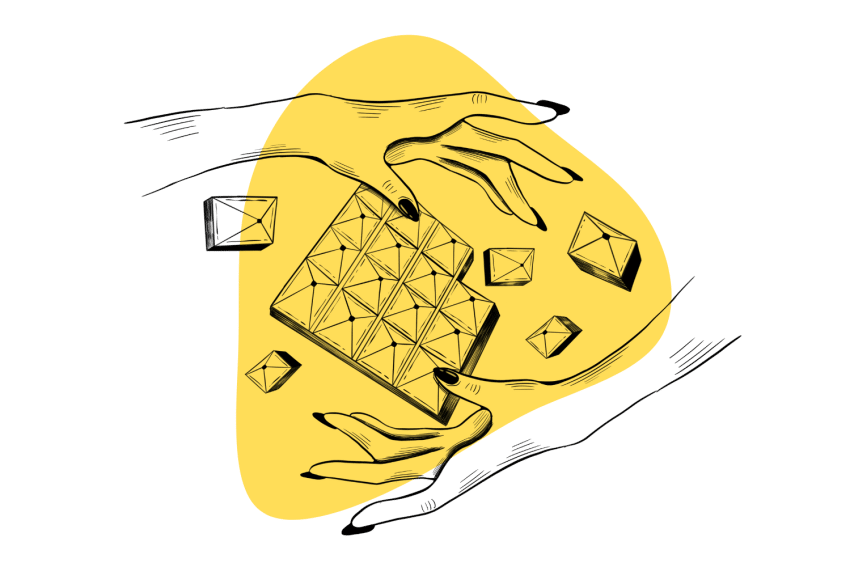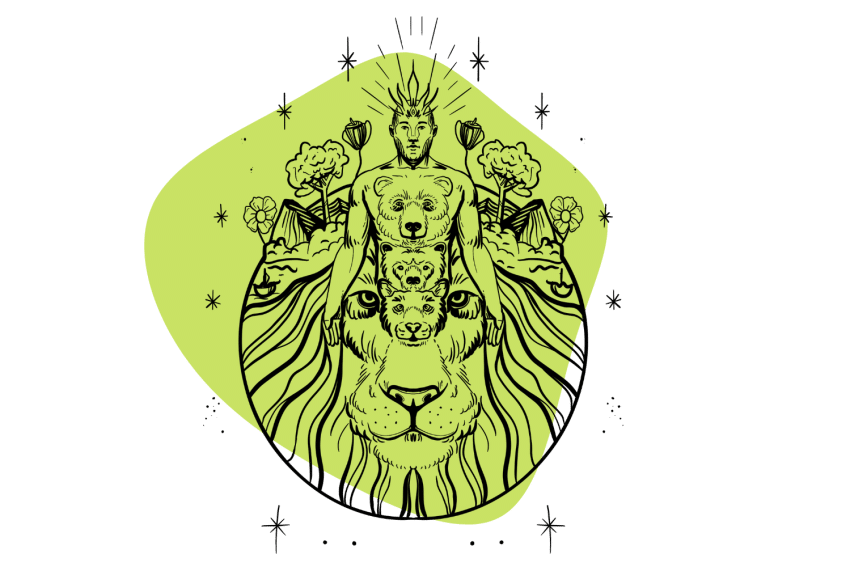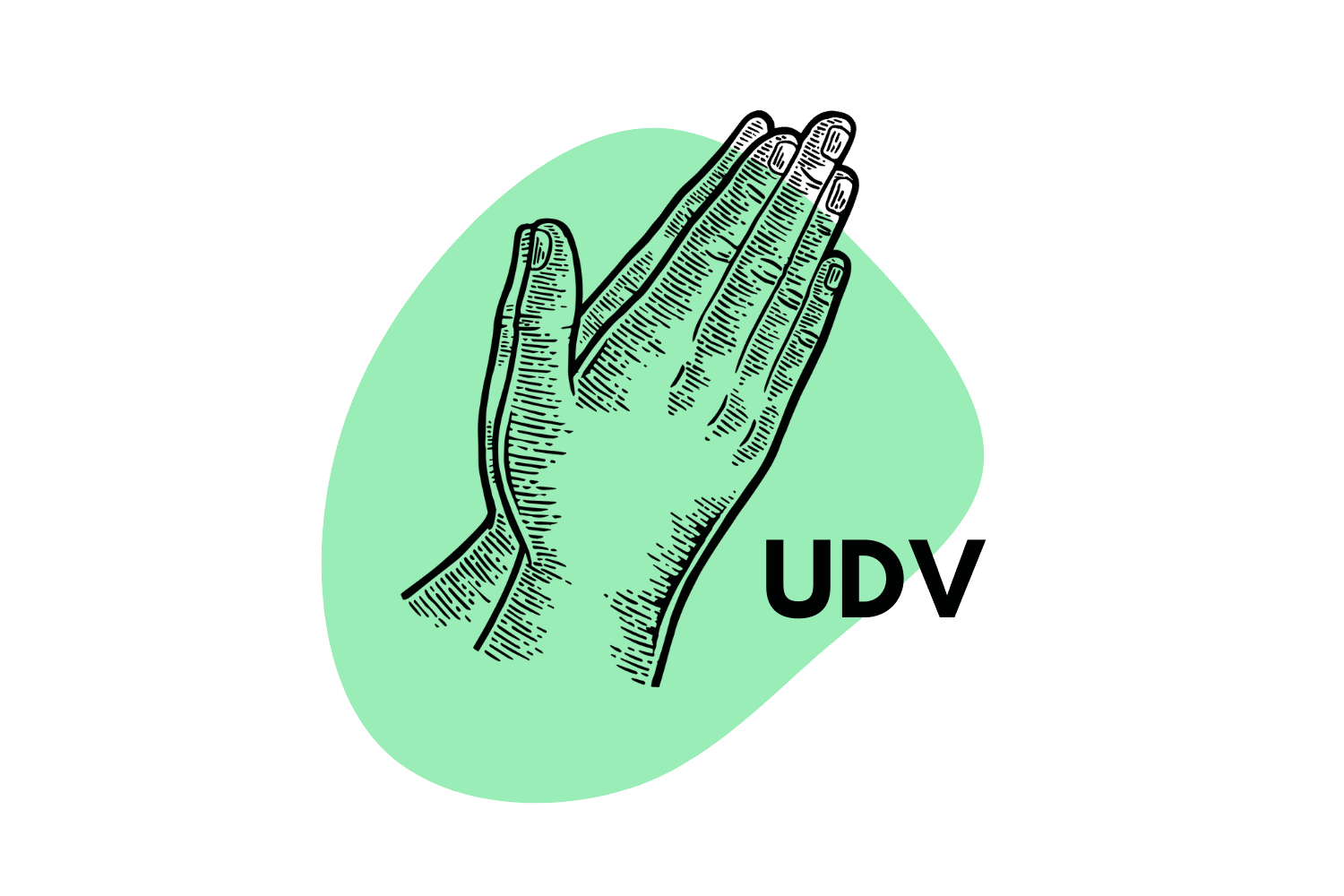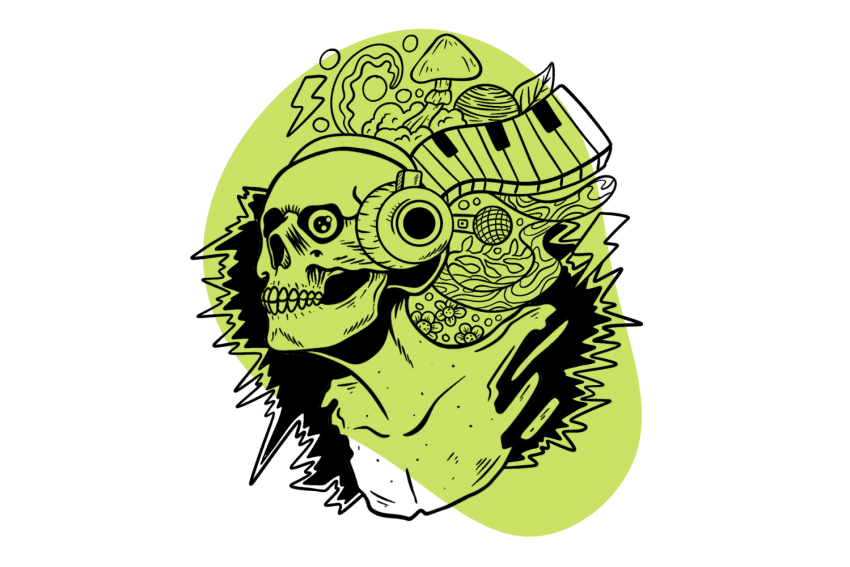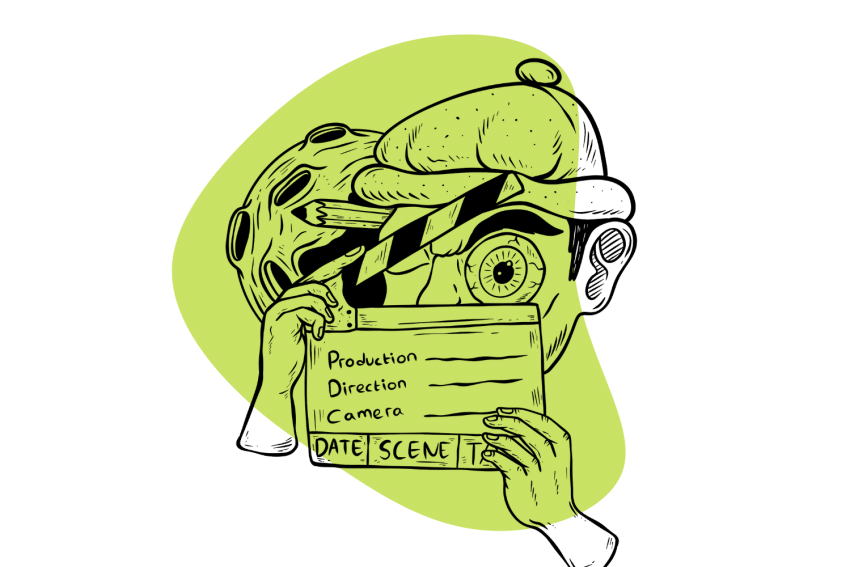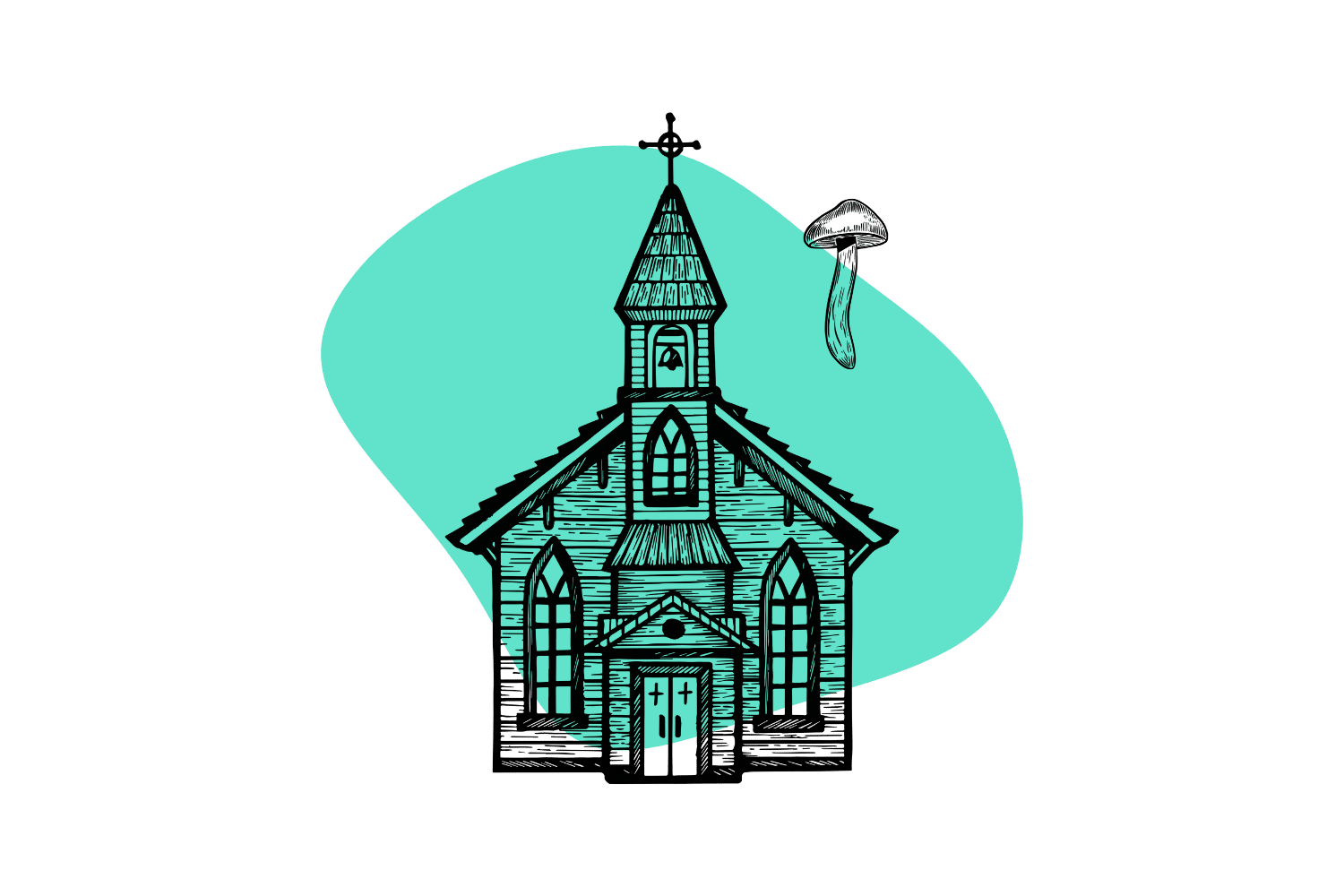Exhaustive List of Known Psychedelic Substances
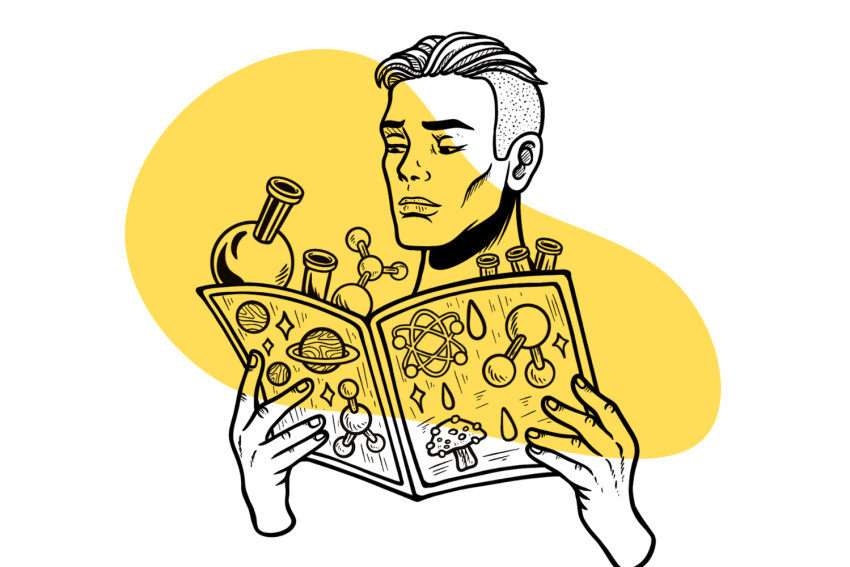
There are a surprising number of psychedelic substances — both natural and man-made.
Here, we’ll cover all the major psychedelics and their derivatives. You’ll learn how they work, what makes them unique, and what the current research says regarding safety.
This is a big topic, so feel free to jump around to the parts that interest you the most.
Let’s start at the very beginning.
What is a Psychedelic?
A psychedelic is considered any plant or substance that produces alterations in states of consciousness.
The most obvious differences are visual or auditory hallucinations, but there are other factors at play as well. Psychedelics can change our perspective of the world from the inside — leading to feelings of introspection and dissolution of the ego.
The word was first coined in 1956 by the British psychiatrist Humphry Osmond.
Psychedelic is derived from the Greek words — psyche (meaning soul or mind) and delien (meaning “to manifest”). Therefore, the word essentially means “mind-manifesting” or “soul manifesting”.
There have been other terms put forward as an alternative, but nothing caught on like the word psychedelic.
Some of the alternative suggestions for psychedelics:
- Phanerothyme — put forward by Aldous Huxley, meaning “visible soul”.
- Entheogen — a word that specifically refers to the use of psychoactive substances as a form of a sacrament
- Psychotropic — any drug that changes a person’s mental state
How do Psychedelics Work?
There are a few different ways a psychedelic can alter our perception or thought patterns.
Our brain is made up of roughly 100 billion neurons. Neurons transmit electrical and chemical signals between each other to send messages from one area of the brain to the other. The collective transmission of information in the brain is what gives us conscious thought.
Psychedelics work by changing the balance of neurochemicals. They alter the way information is transferred throughout the brain — causing hallucination, euphoria, and other cognitive changes.
Depending on what neurotransmitters are affected will determine the individual effects of a psychedelic compound.
We can separate how each psychedelic works by its target receptors:
- 5-HT2A or 5-HT2C receptors — tryptamines (ex: DMT, psilocybin), lysergamides (ex: LSD), phenethylamines (ex: mescaline, 2C-B, DOM)
- Kappa-opioid receptors — salvinorin A, ibogaine
- Dopamine D2 receptors — amphetamines (ex: MVPV, MDMA)
- Cholinergic pathway — datura, borrachero, mandrake, Amanita muscaria
What Are The Most Common Psychedelics?
There are well over a hundred individual psychedelic compounds — yet 10 of them account for the vast majority of use.
There’s a good reason for this.
Almost all the conventional psychedelics originate from plant or animal sources and have a long history of use. A few of the man-made psychedelics (such as LSD and ketamine) have been around for decades already.
The rest of the psychedelic compounds you’ll find on this list were only invented within the past 10 or 20 years and have virtually no official research to prove they’re safe to use.
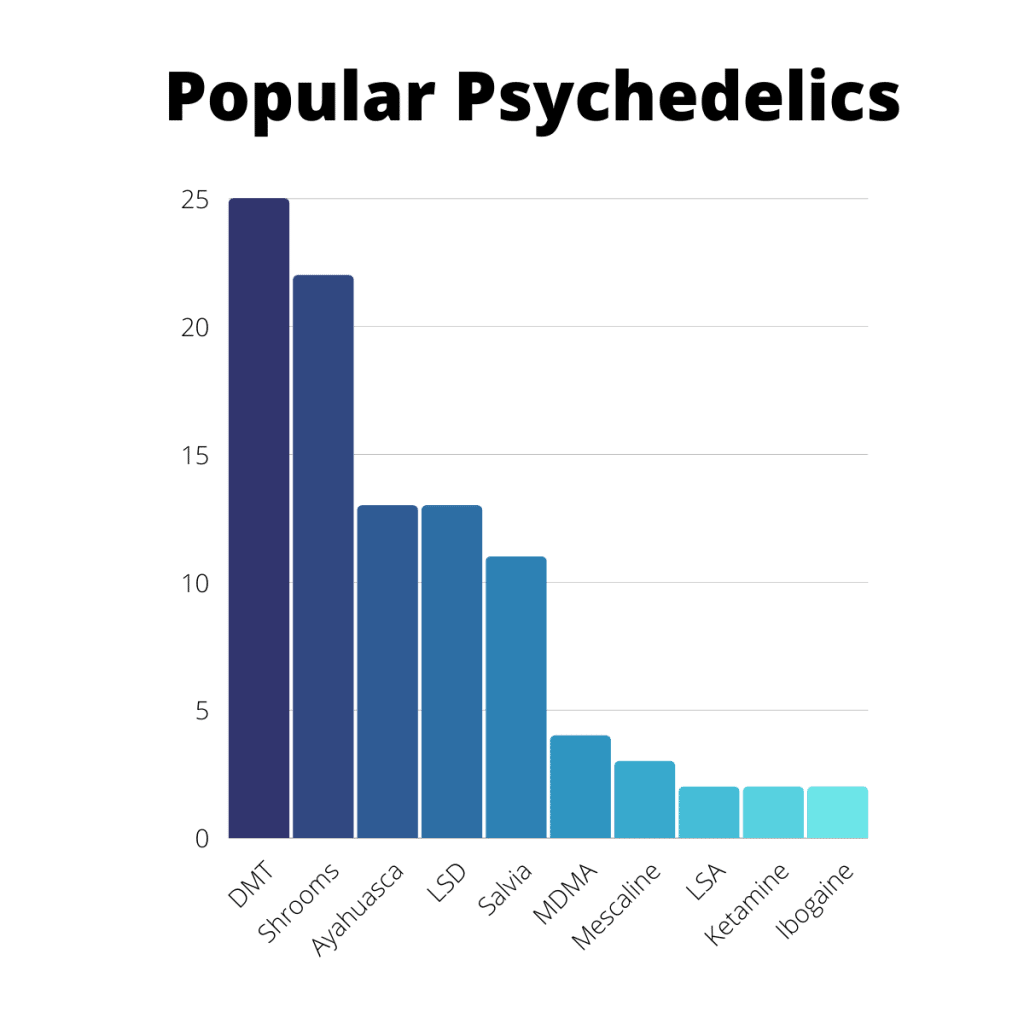
The Difference Between Psychedelics, Dissociatives, & Deliriants
There are three main classes of psychoactive compounds — psychedelics, dissociative, and deliriants. Some consider empathogens a fourth group, or oneirogens as a fifth — but this is up for debate.
While many substances can be placed into one category alone, some blur the lines and are more difficult to categorize.
So what is the difference between these psychoactive properties?
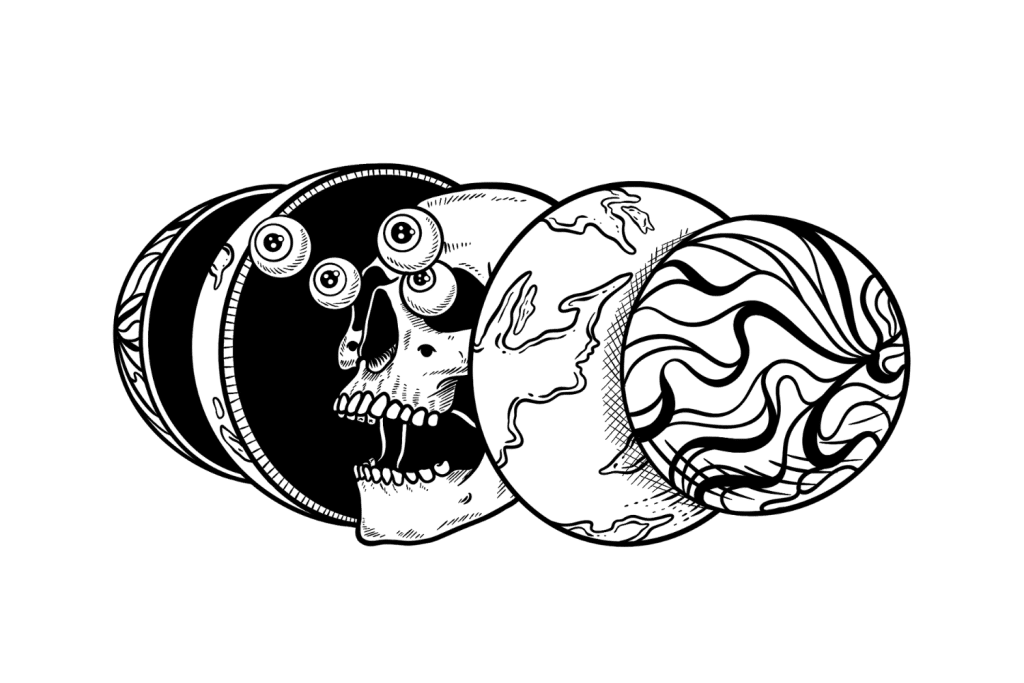
1. Psychedelics
A proper psychedelic is a substance that changes the way we perceive the world around us. We may see objects morphing and changing, but the visions are still based on reality. Sometimes sensory information is crisscrossed — causing you to “see” sounds or “hear” color.
Most of the substances on this list can be classified as psychedelic, and even some of the other categories (dissociatives and deliriants) start out as psychedelic at lower doses.
The most common psychedelics are DMT, LSD, and psilocybin.
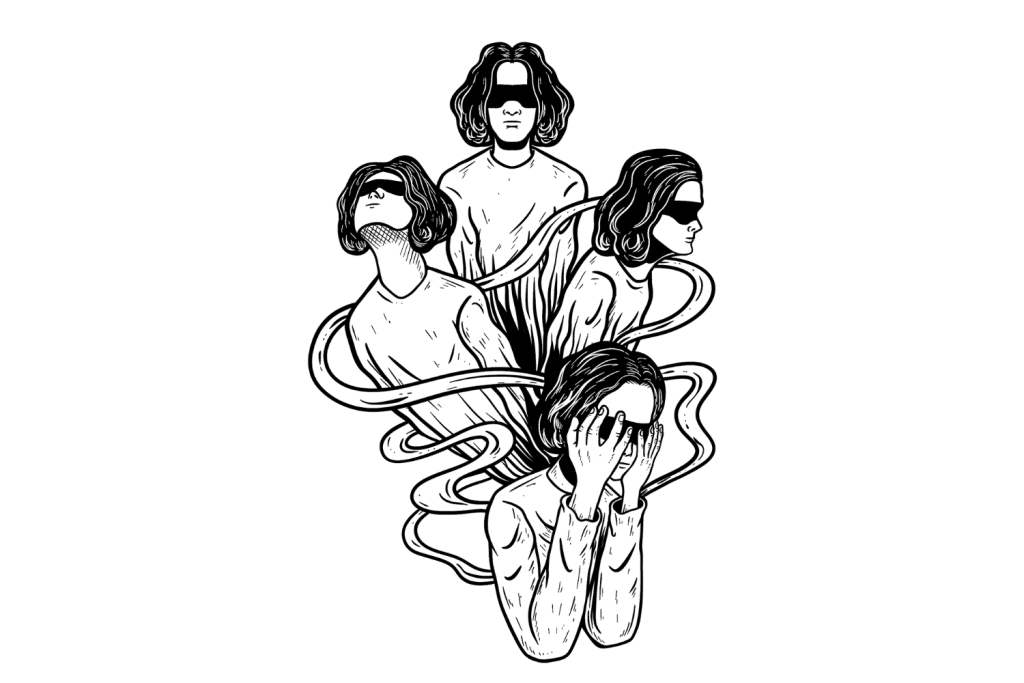
2. Dissociatives
A dissociative is a substance that disconnects you from your reality — often creating a completely different reality. These substances dissolve the idea of “self”. Visual hallucinations on these drugs can be very intense.
The early stages of a dissociative experience are the hardest to handle and can be terrifying. However, once the separation from self is complete, even terrifying or uncomfortable experiences are easier to handle because we’ve become removed from our emotions.
Some high-dose psychedelics can become dissociative in higher doses — such as DMT, ayahuasca, salvia, ibogaine.
Classical dissociatives include ketamine and PCP.
Most dissociatives work by blocking the NMDA receptors. However, 5-HT2A receptor activation can also lead to dissociative experiences.
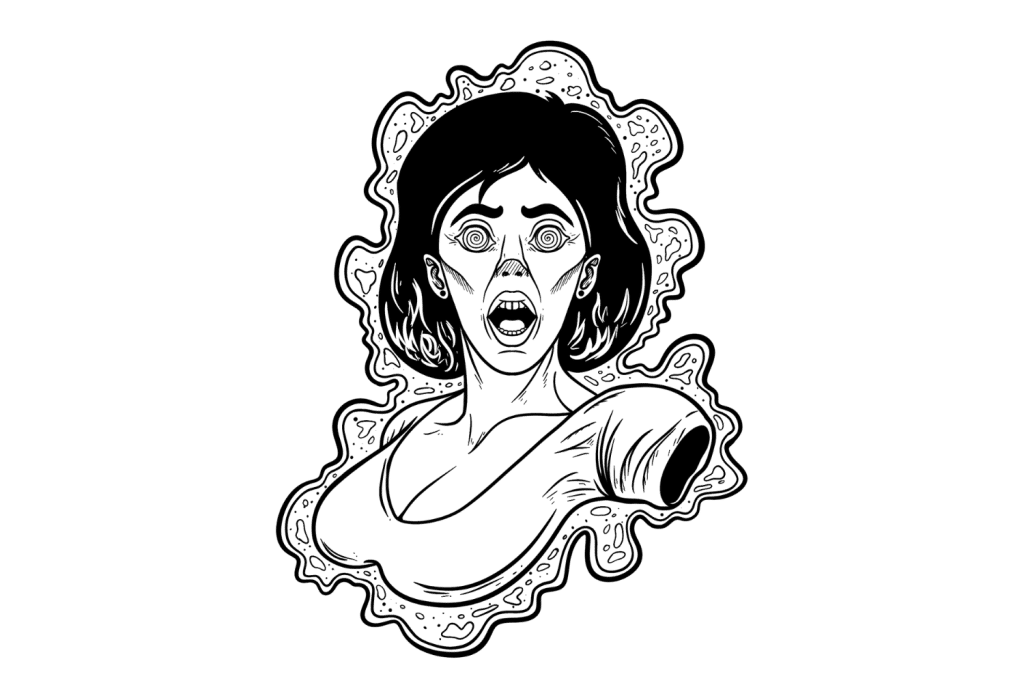
3. Deliriants
Deliriants are differentiated from psychedelics in one key area — they produce visions and hallucinations that are untethered from reality. The user is often unaware that they are having a hallucination at all — often engaging in conversation with a person that isn’t actually there.
They can walk around, talk, and perform most actions normally while experiencing hallucinations that have no basis in the current reality. They may speak gibberish or perform bizarre actions without realizing they’re acting out of the ordinary.
These drugs are dangerous because someone having a delirious experience may react unpredictably. They may become violent or combative. A sitter is a requirement for safely using these drugs — however, even a sitter may not be enough to control or protect someone in a delirious state of mind.
Deliriants are almost entirely negative. There are some people who report neutral experiences, but the vast majority of people report terrifying, uncomfortable, or even painful experiences while taking deliriant drugs. These compounds also have a higher likelihood of leading to long-term mental health disorders, memory loss, and psychosis.
The most common deliriants are datura, brugmansia, DPH, high-dose DXM, and the borrachero tree.
These compounds block acetylcholine from working (anticholinergic effects).
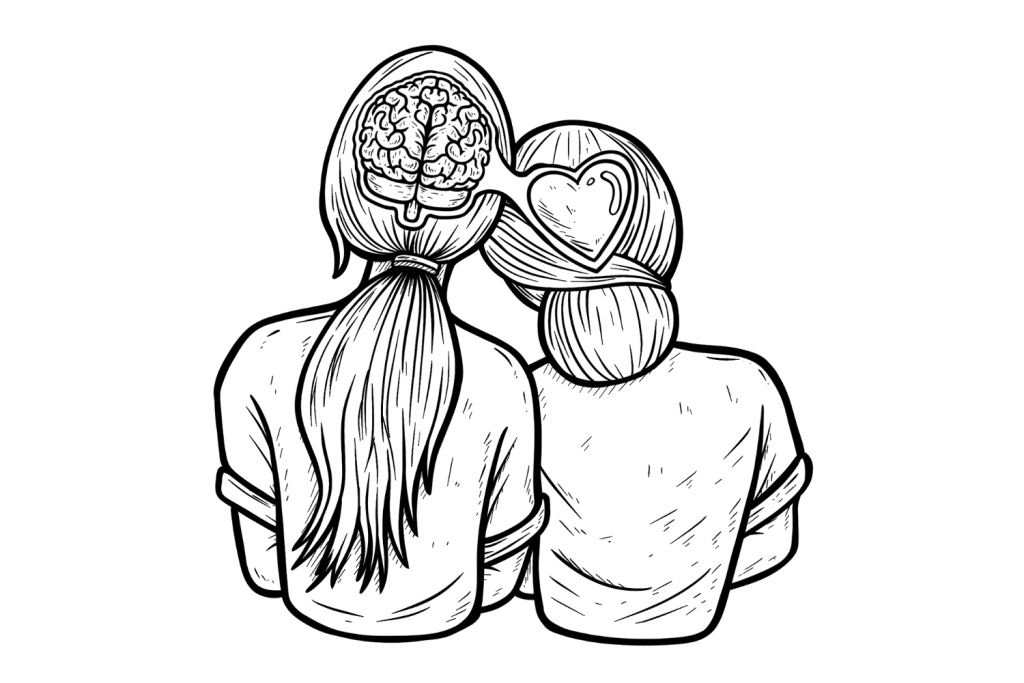
4. Entactogens & Empathogens
An entactogen or empathogen describes any substance that increases feelings of oneness or emotional openness. They essentially make it easier to feel empathetic towards the feelings of others and more in-tune with how you’re feeling yourself.
The classic empathogen-entactogen is MDMA, but there are many others as well. This effect often overlaps with psychedelics as well.
LSD, psilocybin, and mescaline can all be considered empathogenic. They make you feel more connected with the world and the people around you.
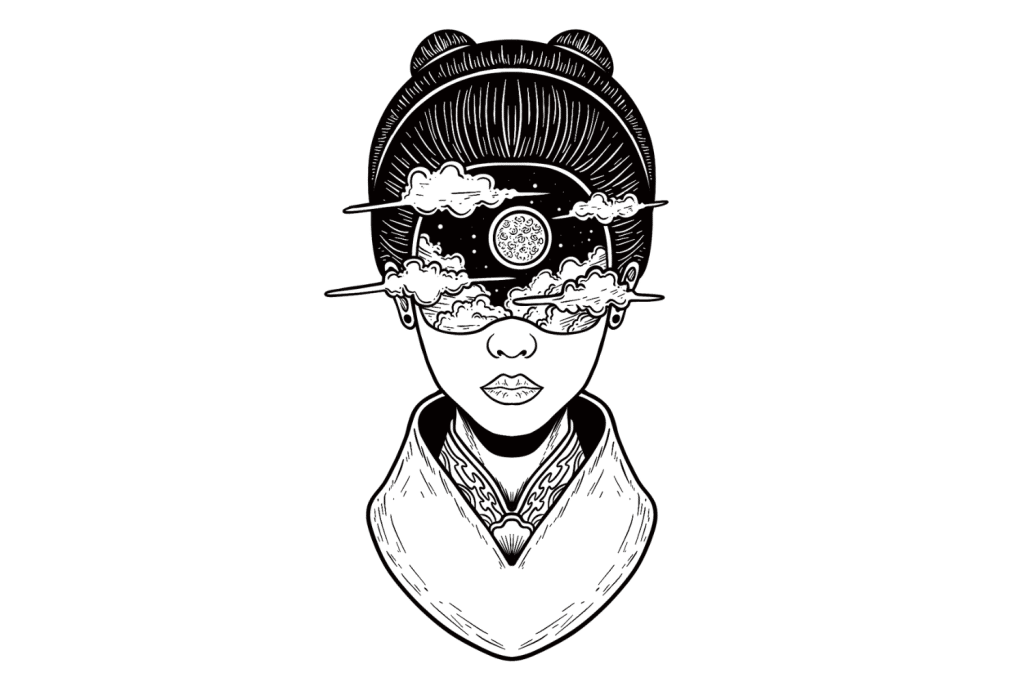
5. Oneirogens
An oneirogen is a substance that either induces, enhances, or facilitates vivid dreaming. These compounds aren’t necessarily psychedelic, but they do produce similar experiences through dream states.
Many of the compounds included in the classes mentioned above offer additional effects as an oneirogen.
Classical oneirogens have little psychoactivity while awake but lead to pronounced dream states after you go sleep.
Classic oneirogens include Amanita muscaria, Calea, damiana, and LSA.
I. Natural Psychedelic Substances
The natural world has a surprising number of psychedelic compounds in the form of various plants, fungi, and even a few animals.
Natural psychedelic compounds have been integrated with human culture for thousands of years for spiritual healing, divination, and sacrament. Virtually every culture on Earth has ties to psychedelics in one form or another.
The exception is the Inuit of North America — simply due to the lack of psychoactive substances in this part of the world.
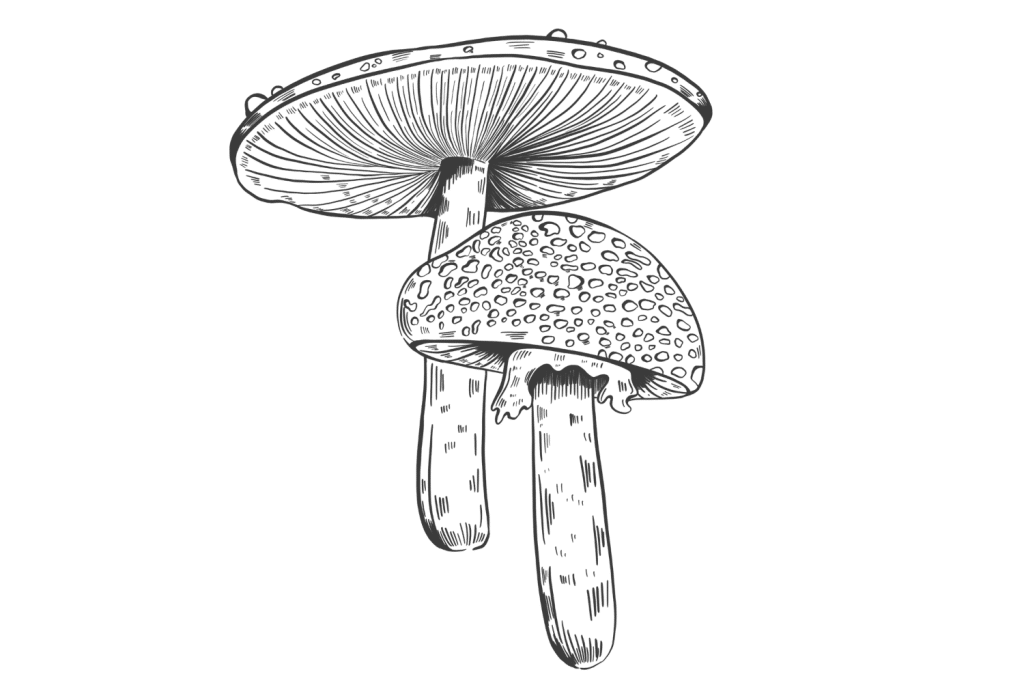
Amanita muscaria
Amanita muscaria is often referred to as the “Mario mushroom”. It’s a big, bright red mushroom with white spots on the cap.
This mushroom has a long history of use as a psychedelic among the shamans in Mongolia and Northern Asia.
The active ingredients in this mushroom are muscimol and ibotenic acids — which are highly psychoactive. Just 6 mg of muscimol and 30 mg of ibotenic acid is enough to produce vivid dream-like hallucinations.
However, this mushroom is very unpredictable. The same dose can cause profound hallucinations one day and little to no effects the next.
There are also a lot of potential side effects to this mushroom too — ranging from mild nausea or vomiting to cholinergic crisis. A cholinergic crisis may involve a dramatic drop in blood pressure, sweating, salivation, overheating, and death.
With that said, the American Mycological Association has stated that there are no reliably documented cases of death from these mushrooms in at least 100 years.
There are other species of mushrooms with the same active ingredients, often in even higher concentrations. A few examples include Inocybe erubescens, the small white Clitocybe species C. dealbata and C. rivulosa — unfortunately, all of these mushrooms are toxic.
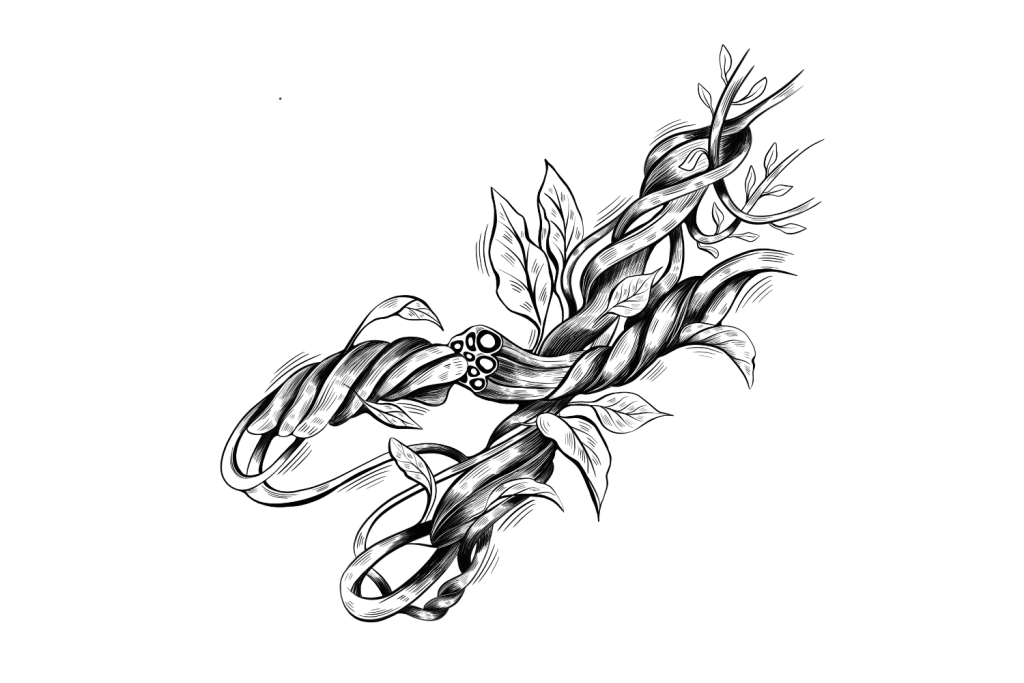
Ayahuasca
Ayahuasca is a traditional South American entheogen used for the purposes of spiritual healing and connection. Just one cup of ayahuasca has profound psychedelic effects — often leading to ego death, encounters with “other beings,” and profound introspection.
There are two active ingredients in ayahuasca — a source of DMT (N,N-DMT) and a monoamine oxidase inhibitor (MAOI). The DMT is what causes the trip itself, and the MAOI prevents the DMT from being destroyed by the body.
Many people travel to regions of the world where ayahuasca is legal and practiced as a way to seek deeper spiritual connection, self-growth, or to treat psychiatric disorders like anxiety, depression, or addiction.
Ayahuasca vine can also be smoked. A herb mixture known as changa employs the ayahuasca vine with DMT-containing herbs to create a smokable form of this powerful hallucinogenic substance.

Bufo Toad Venom
The bufo toad (Bufo alvarius) — AKA “the Colorado River Toad” — secretes a “venom” through pores on its back that contain the powerful psychedelic compound 5-MeO-DMT. This venom includes a cocktail of psychoactive (and poisonous) compounds including bufotenin (5-HO-DMT), bufotalin, and bufogenin.
Traditionally, the skin of these toads was eaten to produce intense visual hallucinations and visions.
Several plant species produce similar psychoactive compounds, such as the seeds of Mucuna pruriens, Anadenanthera colubrina (yopo), and Anadenanthera peregrin.
Bufotenin itself is not toxic — the LD50 of this substance (in mice) is around 200 mg/kg — which is a very high dose.
DMT (Dimethyltryptamine)
There are several different types of DMT — some come from natural sources; others are made in a lab.
DMT is also produced in the human brain. It’s thought to play a key role in the regulation of our default mode network (DMN), which is essentially the scientific explanation for “ego.” DMT is also thought to be largely responsible for inducing dreams while we sleep.
DMT is the active ingredient in ayahuasca. It’s also found in small concentrations in a variety of plant sources and psychoactive toads.
There are two main types of DMT, with dozens of research chemicals based on the basic chemical structure of DMT:
- 5-MeO-DMT — found in various plant and animal sources
- N,N-DMT — the primary form of DMT found in humans and plant sources
- 2-α-DMT
- 4-MeO-DMT
- 5-Bromo-DMT
- DALT — N,N-Diallyltryptamine
- DBT — N,N-Dibutyltryptamine
- DET — N,N-Diethyltryptamine
- DiPT — N,N-Diisopropyltryptamine
- DPT — N,N-Dipropyltryptamine
- EiPT — N-Ethyl-N-isopropyltryptamine
- MBT — N-Methyl-N-butyltryptamine
- MET — N-Methyl-N-ethyltryptamine
- MiPT — N-Methyl-N-isopropyltryptamine
- MPT — N-Methyl-N-propyltryptamine
- NET — N-Ethyltryptamine
- NMT — N-Methyltryptamine
- PiPT — N-Propyl-N-isopropyltryptamine
- α,N-DMT
- αMT
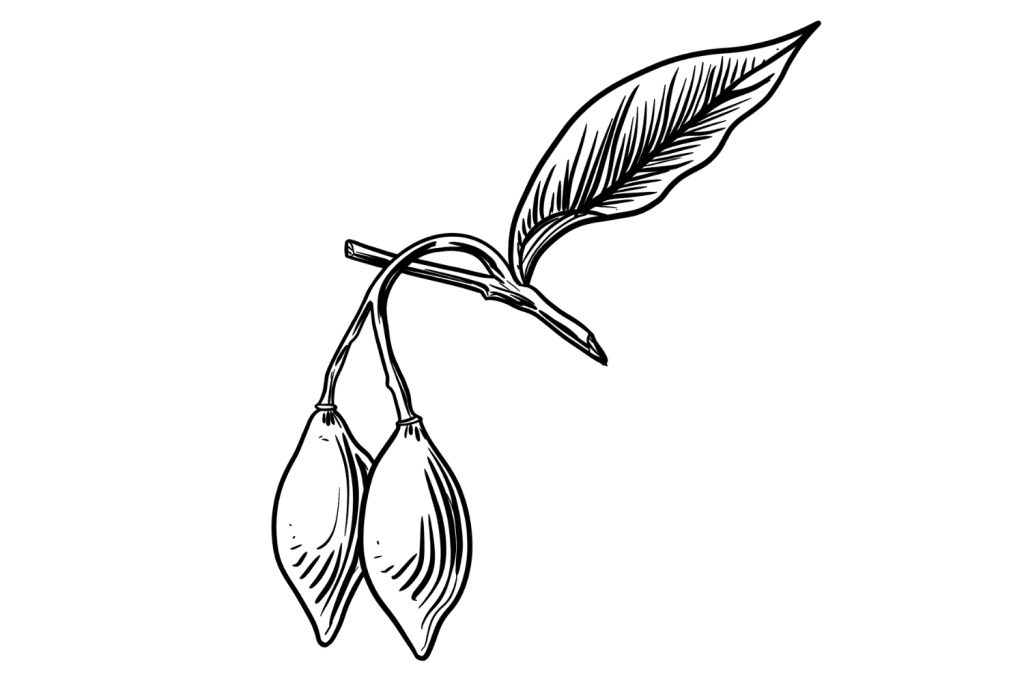
Ibogaine (Iboga)
Ibogaine is a psychoactive alkaloid produced by a West-African rainforest shrub called Tabernanthe iboga. The roots and bark of the iboga tree were used as a traditional medicine for divination and spiritual healing.
Today, ibogaine is used for its powerful anti-addictive effects in a similar way to ayahuasca.
Ibogaine can be dangerous, and there have been several reported deaths while using this entheogen.
The hallucinations produced by ibogaine are very different from many other psychedelics. It works as a serotonin reuptake inhibitor (which accounts for the euphoric effects), but the majority of the psychoactivity comes from its kappa-opioid receptor activation. This is the same mechanism used by salvia to produce intense, chaotic, and dissociative hallucinations that can be terrifying to even the most experienced psychonaut.
- 18-MC (18-methoxycoronaridine) — a non-psychoactive derivative medication being investigated for use as an addiction treatment option
- Voacangine — another naturally-occurring compound in the iboga plant with psychoactive effects similar to ibogaine
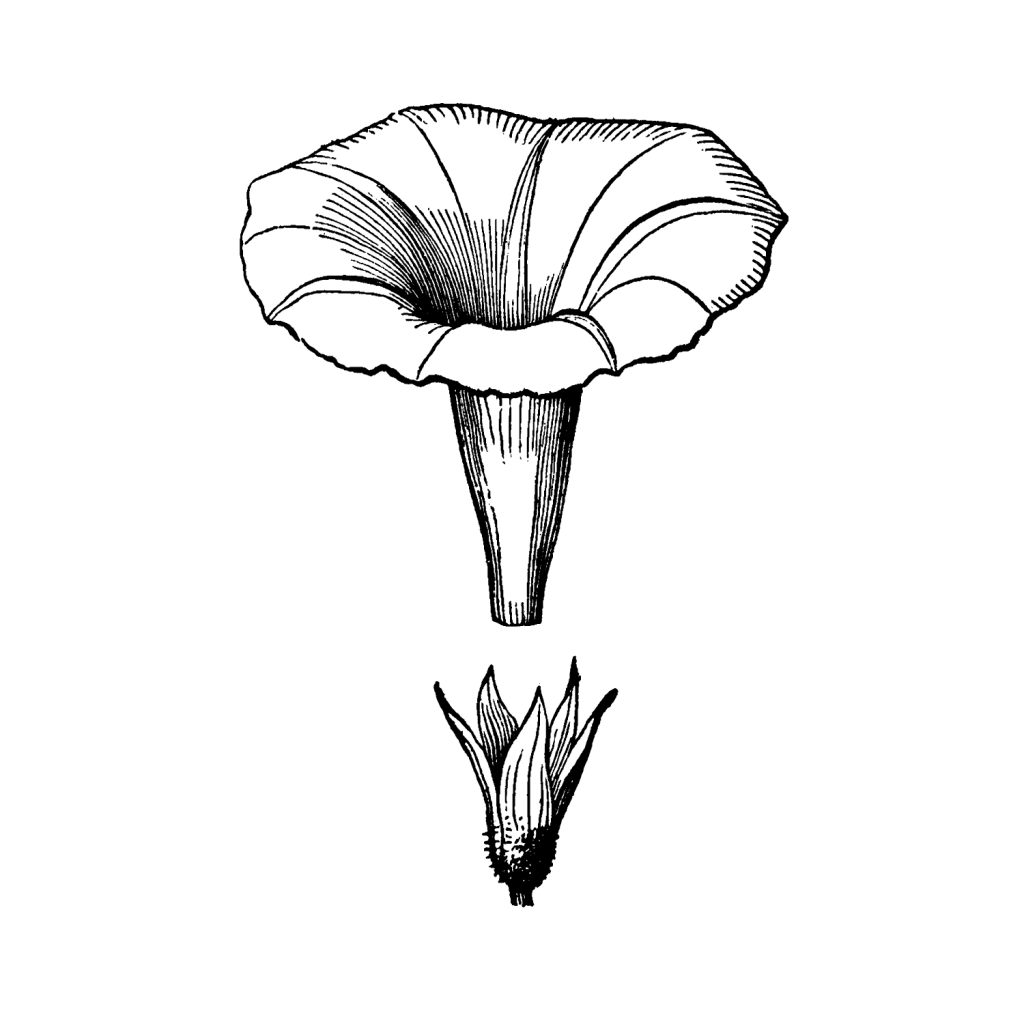
LSA (Morning Glory & Hawaiian Baby Woodrose Seeds)
LSA stands for lysergic acid amide — it’s very similar in structure to LSD, but with much milder effects. It’s a naturally-occurring organic compound present in relatively high concentrations in plants like morning glory or Hawaiian Baby Woodrose seeds.
This psychedelic is often used as a milder alternative to LSD for promoting mild to moderate changes in visual perception and introspective thoughts.
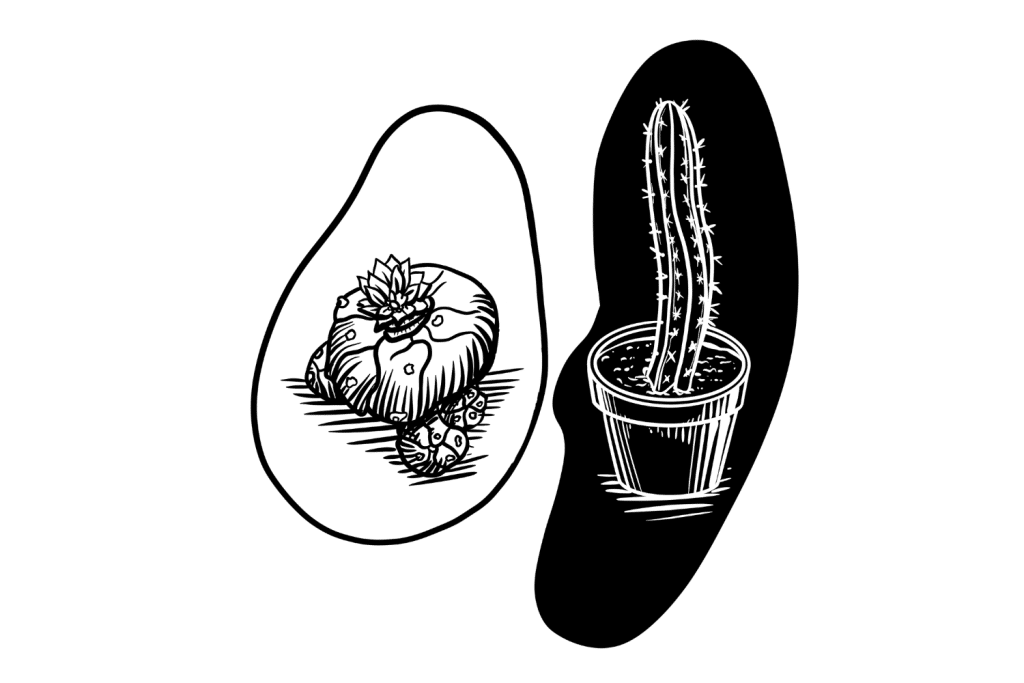
Mescaline (Peyote & San Pedro)
Mescaline (3,4,5-trimethoxyphenethylamine) is the active ingredient in psychoactive cacti. There are several different species of psychedelic cacti, but the most popular by far are peyote (Lophophora williamsii), San Pedro (Trichocereus pachanoi), and the Peruvian torch cactus (Trichocereus peruvianus).
All of these cacti contain a variety of other compounds closely-related to mescaline but with slight alterations in effect profile and chemical structure.
Mescaline is very similar to the tryptamine class of psychedelics (LSD, DMT, & psilocybin), but with some key differences. This hallucinogen doesn’t just activate the serotonin receptors — it also targets the dopamine D2 receptors similar to MDMA or cathinones.
The high produced by mescaline is described as being “less in your face” than LSD or DMT and more energetic and clear-headed.
- 3C-E
- 3C-P
- 3C-DFE
- 3C-BZ
- 4-Desoxy Mescaline
- AEM (α-ethylmescaline)
- Allylescaline
- Ariadne (α-Et-DOM)
- Bis-TOM
- BOH
- BOM (β-Methoxy-mescaline)
- Buscaline
- Cyclopropylmescaline
- DME
- Escaline
- F-2
- F-22
- FLEA (MDHMA)
- Isomescaline
- Isoproscaline
- Jimscaline
- Lophophine
- Macromerine
- MDMP
- MDPH
- MEPEA
- Metaescaline
- Metaproscaline
- Methallylescaline
- Phenescaline
- Propynyl
- Proscaline
- Symbescaline
- Thiobuscaline
- Thioisomescaline — 2-TIM, 3-TIM, and 4-TIM
- Thiometaescaline — 3-TME, 4-TME, and 5-TME
- Thioproscaline
- Thiosymbescaline — 3-TSB and 4-TSB
- Thiotrisescaline — 3-T-TRIS and 4-T-TRIS
- TOET — 2-TOET and 5-TOET
- TOM — 2-TOM and 5-TOM
- TOMSO — 2-methoxy-4-methyl-5-methylsulfinylamphetamine
- Trisescaline
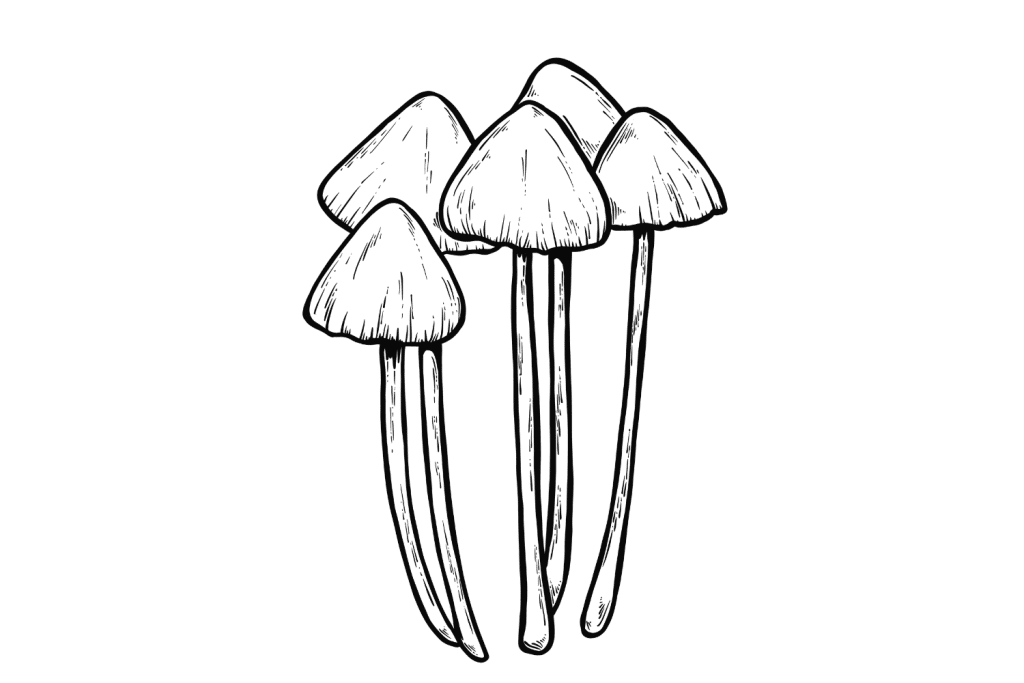
Psilocybin (Magic Mushrooms)
Psilocybin and psilocin are the active ingredients in magic mushrooms. Psilocybin is present in much higher concentrations, but the effects of these hallucinogens come from the psilocin content. Once ingested, the psilocybin is quickly converted into the more active psilocin — which works to activate the 5-HT2A and 5-HT2C receptors in the brain in a similar way to LSD or DMT.
There are hundreds of different species of mushrooms that make psilocybin and psilocin. The most common species are Psilocybe cubensis, but there are numerous others you may find a well, such as Psilocybe cyanescens, Psilocybe azurescens, Psilocybe semilanceata, and many others.
Magic mushrooms are listed as a Schedule I drug or equivalent in most parts of the world — but laws are starting to loosen up as more research is published on the clear mental health benefits and lack of toxicity from these compounds.
- 4-AcO-DMT — while technically a form of DMT, this compound is converted to psilocybin in the body
- Aeruginascin — naturally-occurring analog from Inocybe aeruginascens & Pholiotina cyanopus mushrooms
- Baeocystin — naturally-occurring analog of psilocybin found in Psilocybe baeocystis, Psilocybe semilanceata, Panaeolus renenosus, Panaeolus subbalteatus, and Copelandia chlorocystis
- Daltocin — 4-HO-DALT
- Depracetin — 4-AcO-DPT
- Deprocin — 4-HO-DPT
- Ethacetin — 4-AcO-DET
- Ethipracetin — 4-AcO-EiPT
- Ethocin or CZ-74 — 4-HO-DET
- Ethocybin — 4-PO-DET, CEY-19, & CEY-39
- Ipracetin — 4-AcO-DiPT
- Iprocin — 4-HO-DiPT
- Lucigenol — 4-HO-MPMI
- Meprocin — 4-HO-MPT
- Metacetin — 4-AcO-MET
- Metocin — 4-HO-MET
- Miprocin — 4-HO-MiPT
- Psiloacetin — 4-AcO-DMT
- Psilomethoxin — 4-HO-5-MeO-DMT
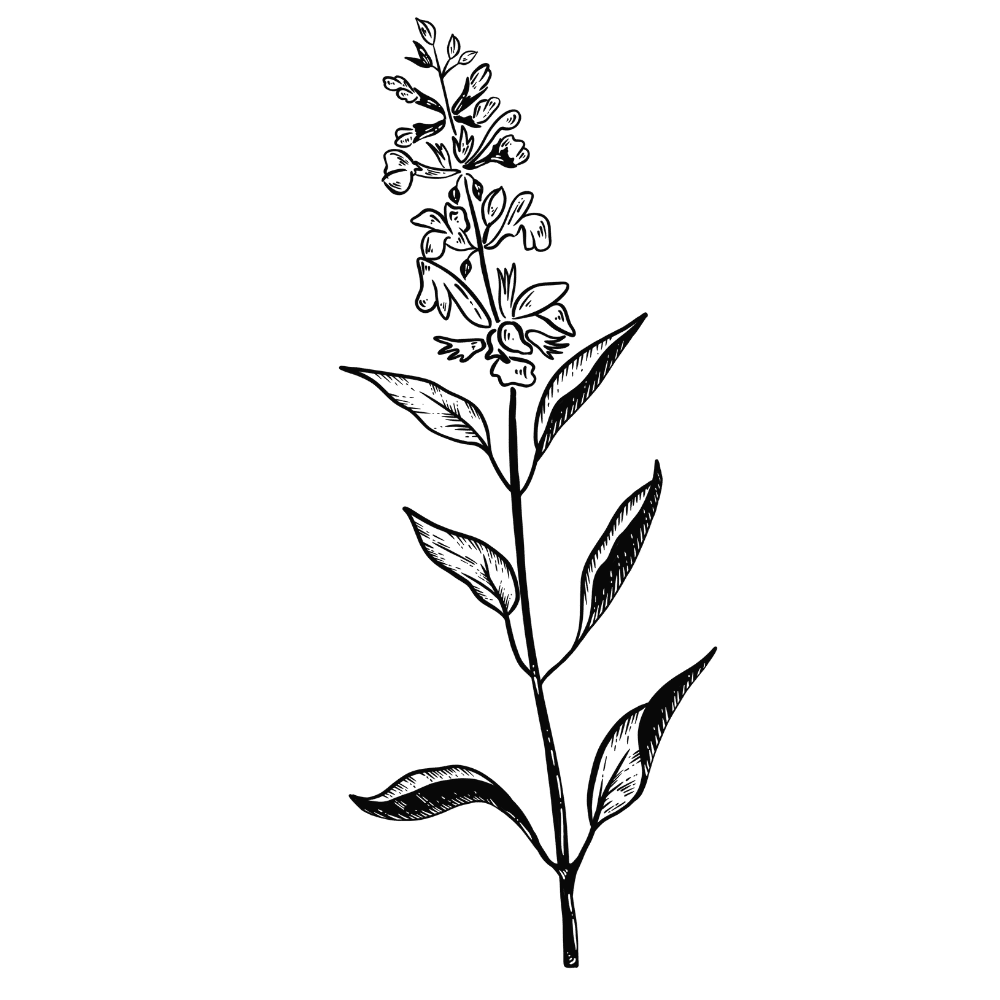
Salvinorin A (Salvia)
Salvia divinorum is a powerful psychoactive sage from Mexico and Central America. In fact, the active ingredient — salvinorin A — is considered by most experts to be the strongest naturally-occurring psychedelic on Earth.
The high produced from salvia is very short-lived — lasting less than 30 minutes in total.
Within these 30 minutes, people experience living several lifetimes, meeting alien entities, or being injected into alternate realities. The psychedelic effects of salvia are intense and unpredictable. Unlike classical psychedelics (LSD, DMT, psilocybin), salvia is unlikely to lead to ego death or introspection. The high is much more chaotic and random and is rarely based on reality.
Salvinorin works through a similar mechanism to ibogaine — by targeting the kappa-opioid receptors rather than the serotonin or dopamine receptors like most other psychedelics.
- Butorphanol — kappa-opioid-based painkiller
- Eptazocine — kappa-opioid-based painkiller
- Levallorphan — kappa-opioid-based painkiller
- Levorphanol — kappa-opioid-based painkiller
- Nalbuphine — kappa-opioid-based painkiller
- Pentazocine — kappa-opioid-based painkiller
- Phenazocine — kappa-opioid-based painkiller
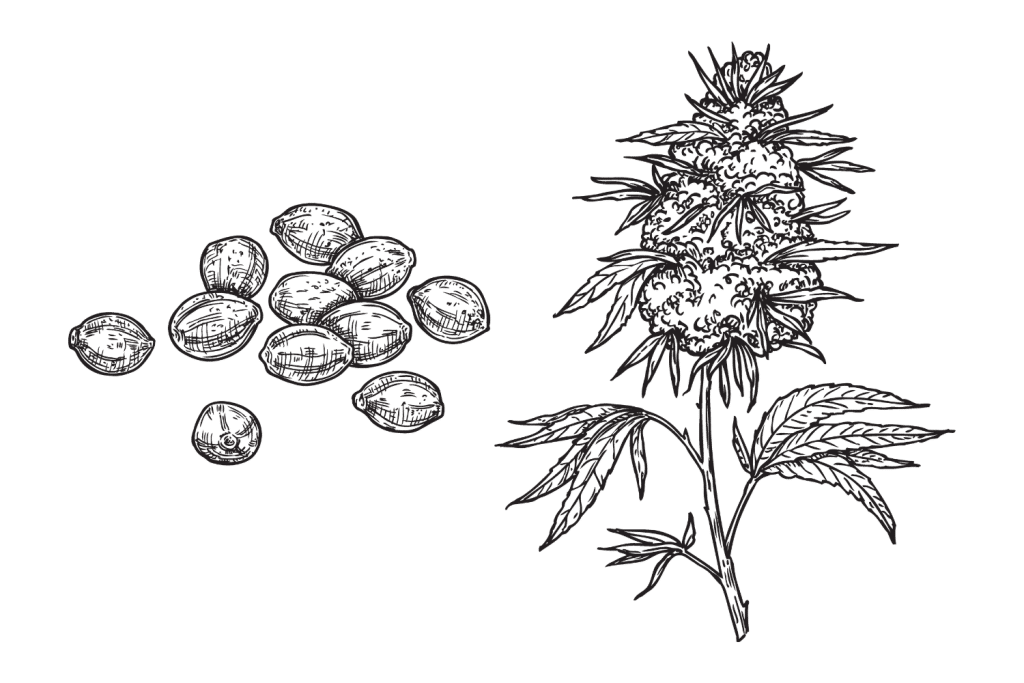
THC (Marijuana)
While marijuana is not a psychedelic, it can have some powerful psychoactive effects that can feel like a low-dose psychedelic. It also works through a similar mechanism as other psychedelics to produce the characteristic shift in perception.
Rather than targeting the serotonin receptors directly, marijuana and its active ingredient (THC) activate the CB1 endocannabinoid receptors. It’s these receptors. The CB1 receptors control the activity of the serotonin receptors in the neocortex — producing changes in thought process, emotion, hunger levels, arousal, and more.
There are several forms of THC — delta 8 THC, delta 9 THC, delta 10 THC, HHC, THCP, THCC, THC-O, & several others.
Marijuana is a Schedule I drug or equivalent in most parts of the world. The exception is a few US states, Canada, and Uruguay.
- AB-CHMINACA
- AB-FUBINACA
- AB-PINACA
- AKB4
- AM-2201
- Cannabicyclohexanol
- JWH-018
- JWH-073
- JWH-200
- UR-144
- XLR-11
II. Synthetic Psychedelics
While there are a ton of potent psychedelics offered by nature in the form of plants and fungi — there are ten-fold more in the form of synthetic or semi-synthetic compounds manufactured in labs.
The first psychedelics in this class were arguably LSD. It was discovered by accident, but as soon as the weight of its discovery reached the greater scientific community, it hit the ground running. Sandoz, the manufacturer of LSD, began handing it out for free to any researcher that wanted it. They wanted to find a suitable application for this interesting new psychedelic drug.
This eventually led to the mainstream adoption of psychedelics, and a gamut of other psychoactive substances started to pop up in its wake.
Today, there are more man-made psychedelics, empathogens, and entactogens to list. The vast majority of these compounds have not yet been explored in a scientific setting. Some have proven to be very dangerous (such as PCP or N-Bombs); others are very safe (LSD or 2CB).
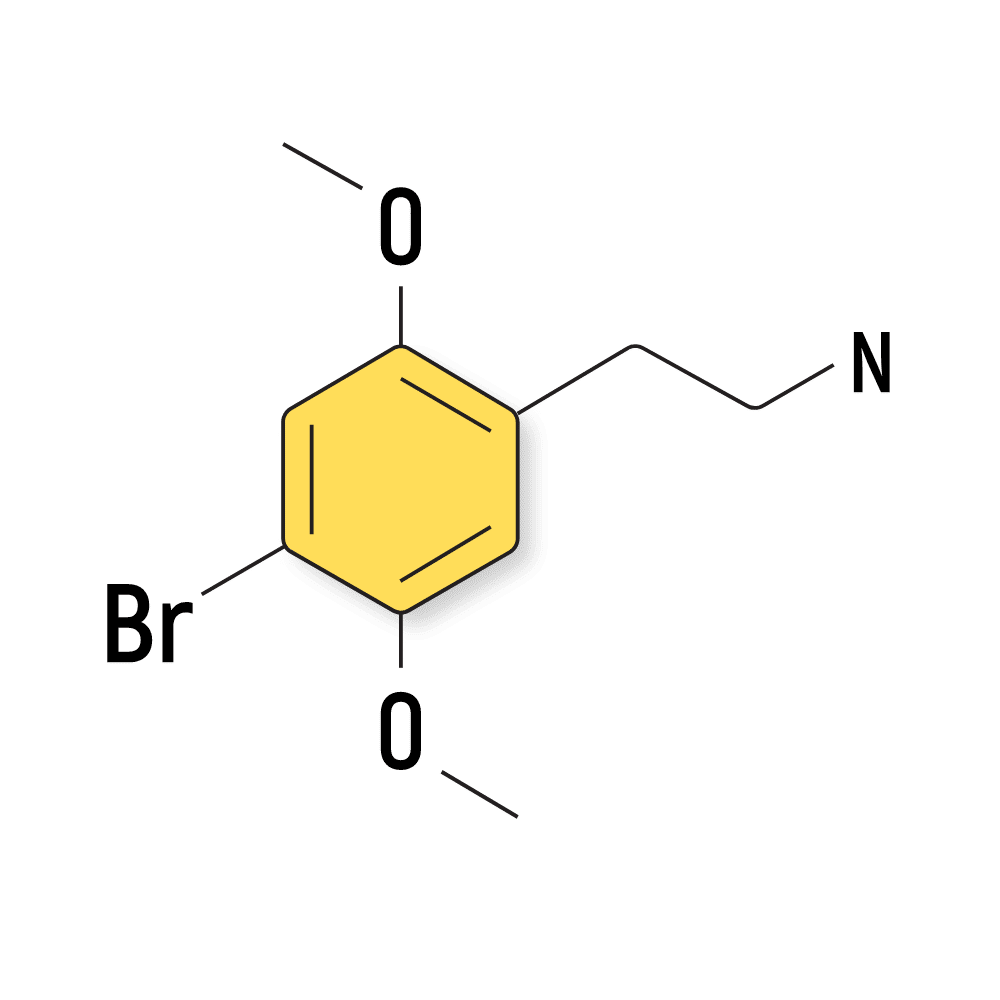
2C-B
2C-B was first synthesized in 1974 by a man named Dr. Alexander Shulgin — one of the leading researchers in the psychedelic space and author of TiHKAL and PiHKAL — which were arguably two of the most important books in the psychedelic space. It summarizes years of research and provides the instructions to synthesize over a hundred synthetic substances — including 2C-B.
Shulgin lists 2C-B as one of the “magical half-dozen” — which were a group of six of his favorite phenethylamine psychedelics. This list also included MDMA, mescaline, DOM, and other members of the 2C-X family of drugs.
The effects of 2C-B are very similar to LSD and mescaline but with some underpinning euphoric effects similar to MDMA. It’s one of the most popular psychedelics on the market today — especially in the club scene due to the heightened energy levels brought on by this psychedelic.
This substance comes in the form of a powder or pressed tablets.
4-AcO-DMT
4-AcO-DMT is a synthetic psychedelic created by Albert Hofmann and his colleague, Franz Troxler, while working at Sandoz in the 1960s. Hofmann is the same person to have invented LSD and the first person to synthesize psilocybin.
4-AcO-DMT is a prodrug of psilocin, which is the same active ingredient in magic mushrooms.
This synthetic psychedelic has had a long history of use and exerts effects that are virtually indistinguishable to magic mushrooms.
Dextromethorphan (DXM)
DXM (dextromethorphan) is only a hallucinogen when used in higher doses. In lower doses, it causes a mild “drunk” sensation. The mind feels awake and alert, but your body doesn’t seem to respond the way you want it to. Its characteristic effect is the robot walk. Users will have rigid, delayed movements that resemble the machine-like walk of a robot.
Very high doses can lead to fairly intense hallucinations similar to ketamine or PCP — but much less intense.
DXM is one of the active ingredients in over-the-counter cough medications. One of the side effects of its interaction with the central nervous system is an inhibition of the cough reflex.
Ketamine
Ketamine was developed in the 1960s as a new dissociative analgesic to replace PCP.
In lower doses, ketamine is used as a euphoric and antidepressant. It’s popular in the club scene for its mild dissociative high, described as a “stimulant, depressant, and psychedelic” all at the same time.
The effects of ketamine are strange and highly dependent on the dose.
A very high dose of ketamine causes users to temporarily pass out and enter a trance-like state — called a K-hole. During these moments, users experience deep existential hallucinations — often leaving their bodies completely to enter new dimensions.
Unfortunately, ketamine can become highly addictive and has led many to a very dark place in their life.
LSD (Lysergic Acid Diethylamide)
LSD is one of the most popular psychedelics on Earth. It could be argued that although LSD is far from the oldest psychedelic on Earth, it was the main driver for mainstream adoption of psychedelics as a whole.
The original manufacturer of LSD was the Swiss drug-maker, Sandoz. After several years of testing without discovering any promising use cases for the drug, they began supplying researchers and governments around the world with an unlimited supply.
People like Timothy Leary began studying and eventually promoting the drug as a form of mind expansion. The goal was to “turn on” as many people as possible.
Meanwhile, the US government formed the MK-Ultra project and attempted to use LSD for mind control and truth-serum. When the project failed, LSD was promptly placed in the Schedule I classification where it stands today.
You can also find similar compounds like 1P-LSD (LSD prodrug), AL-LAD, ETH-LAD, PRO-LAD, LSZ, or ALD-52.
- 1cP-LSD — 1‐cyclopropanoyl‐d‐lysergic acid diethylamide
- 1P-ETH-LAD — 1-Propionyl-6-Ethyl-6-nor-lysergic acid diethylamide
- AL-LAD — 6-Allyl-6-nor-lysergic acid diethylamide
- ALD-52 — N-Acetyl-lysergic acid diethylamide
- BU-LAD — 6-Butyl-6-nor-lysergic acid diethylamide
- CYP-LAD — 6-Cyclopropyl-6-nor-lysergic acid diethylamide
- DAL — N,N-Diallyllysergamide
- DAM-57 — N,N-Dimethyl-lysergamide
- Ergonovine — Lysergic acid β-propanolamide
- ETH-LAD — 6-Ethyl-6-nor-lysergic acid diethylamide
- LAE-32 — Lysergic acid ethylamide
- LPD-824 — N-Pyrrolidyllysergamide
- LSB — Lysergic acid 2-butyl amide
- LSH or LAH — Lysergic acid α-hydroxyethylamide
- LSM-775 — N-Morpholinyllysergamide
- LSME — Lysergic acid methyl ester
- LSP — Lysergic acid 3-pentyl amide
- LSZ — Lysergic acid 2,4-dimethylazetidide
- Methylergonovine — Lysergic acid 1-butanolamide
- Methysergide — 1-methyl-lysergic acid butanolamide
- MIPLA — Methylisopropyllysergamide
- MLD-41 — N1-Methyl-lysergic acid diethylamide
- PARGY-LAD — 6-nor-Lysergic acid diethylamide
- PRO-LAD — 6-Propyl-6-nor-lysergic acid diethylamide
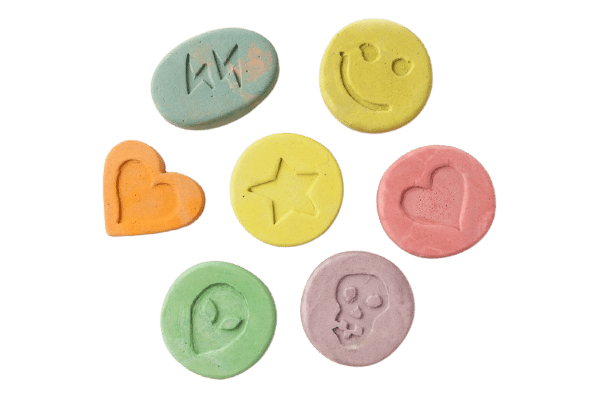
MDMA (3,4-Methylenedioxymethamphetamine)
Most people don’t think of MDMA as psychedelic, but technically it’s included in this class because of the receptors it works through.
MDMA (also known as molly or ecstasy) binds to the serotonin receptors, including the 5-HT2A receptors, which are responsible for producing hallucinations from classical psychedelics. The hallucination effects of MDMA are much milder than most of the other psychedelics on this list unless used at very high doses.
Most experts consider MDMA a weak psychedelic but a strong empathogen. It produces feelings of euphoria, personal and interpersonal connection, and inspiration.
Several clinical trials are currently underway exploring the medical applications of MDMA for depression, anxiety, and addiction.
Methoxetamine (MXE)
This lesser-known psychedelic is still legal in many parts of the world — such as Canada. It’s a relatively new drug, only invented in 2010. This is likely why many countries haven’t yet sought to ban the substance.
MXE a member of the arylcyclohexylamines family of compounds, which also includes PCP and ketamine. The effects of this drug are most comparable to ketamine, but with some subtle differences. It lasts longer than ketamine and is active at a lower dose.
It’s easy to take too much MXE because of the narrow dosage window and long onset time. Taking too much MXE, or mixing MXE with marijuana are a great way to experience a terrible, long-lasting nightmare of a trip.
DOM
DOM (2,5-Dimethoxy-4-methylamphetamine) is an amphetamine-based psychedelic. It’s a member of the substituted dimethoxyamphetamines (DOx) family, which are known for their long-lasting and intensity of effects.
This psychedelic is both stimulating and psychedelic — making it a popular option in the party scene.
This is one of the many psychedelics created by Alexander Shulgin, which he highlighted in his book PiHKAL.
This psychedelic can be very powerful. Most people who have used it suggest that only those with a lot of experience with psychedelics should ever try it. The visuals on this drug are extreme, similar to LSD but with more “movement.” It can also put you in a strong analytical headspace, sometimes focusing on a single object for long periods of time.
The safety profile of this drug is not well understood — primarily due to its obscure nature. Not many people know about this psychedelic, and it can be very hard to find.
Overdoses have been reported, but in general, it’s thought this psychedelic has low chances of causing any major side effects when used in the correct dose. In the event of an overdose, trip killers like benzodiazepines have been shown to effectively reverse the effects.
Dipt (Diisopropyltryptamine)
Dipt is a synthetic derivative of DMT. The effects are very similar to DMT, but with one key difference — this drug has a strong emphasis on auditory hallucinations. People who take this drug hear things that aren’t there, and normal sounds and music sound completely different.
The visuals are still strong with this drug but less intense than other forms of DMT. Closed eye visuals or low-light visuals are especially strong with this drug.
The safety and toxicity profile of Dipt is not well understood. The most common side-effect of using this drug is inner ear pressure and pain.
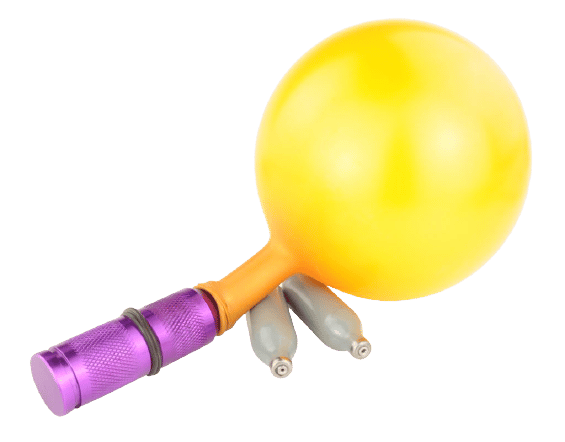
Nitrous Oxide (NO2)
Technically nitrous oxide is a natural substance, but there’s no way to have such a concentrated dose without laboratory involvement.
This is a popular party drug due to its intense psychedelic experience and short duration. A trip on nitrous only lasts a few seconds before returning completely back to normal. Its common name is “laughing gas” because one of the most common side effects is intense laughter.
Nitrous can cause euphoria, giddiness, and mild to moderate hallucinations. Some people find profound spiritual experiences while under the effects of nitrous.
In general, nitrous oxide is considered safe — however, it can become habit-forming over time. Long-term use of nitrous oxide has been associated with a wide range of negative health effects, including lung disease, dizziness, anemia, vitamin B12 deficiency, nerve damage, poor white blood cell production, and more.
III. Unconventional Psychedelics
Holotropic Breathwork
Holotropic breathing is a technique of breathwork developed by psychiatrists Stanislav and Christina Grof in the 1970s. It was designed as a way to create a semi-psychedelic experience for the purpose of self-growth and healing, without the need for psychoactive substances.
Deep, rapid, and rhythmic breathing will eventually lead to an altered state of consciousness, unlike any of the substances on this list. It can be intensely spiritual, scary, or underwhelming, all at once.
People are placed into groups of two — a breather and a sitter. The breather does the breathwork technique while the sitter stands by to help if needed.
Here are the cliff-notes of this technique:
- With eyes closed, the breather follows the instructor, gradually increasing both the rate of breath and depth.
- This process continues for 2 or 3 hours.
- Repetitive music is played in the background.
- Once the session has ended, participants are asked to draw a mandala of their experience.
Related: Who Is Stanislav Grof? What Contributions Did He Make To the Field of Psychedelics?
I-Doser
I-Doser is a series of binaural beats and sounds designed to alter consciousness through audio. While this technique is disputed, there has been some research to suggest this alteration in mental state after listening to an entire track.
There are many different tracks, each with a slightly different focus. Some are designed to produce a high similar to known drugs — such as psilocybin or MDMA. There are others that are focused on mental processing states, such as promoting Alpha, Beta, and Theta brainwaves.
To use I-Doser, users are instructed to find a comfortable seated or lying down position in a dark room and play the track in headphones. Each track is 30 – 60 minutes long. It can take a long time for the tracks to produce any changes, so it’s important to play it through to the end if you want to give I-Doser a legitimate chance.
Stilton Cheese
Stilton cheese is a particular type of cheese from Great Britain. It’s fermented with Penicillium roqueforti — which gives it a particularly pungent odor.
Studies on the effects of different cheeses and how they affect dreams found that this cheese had the greatest impact overall.
In one study, nearly 80% of participants noted profound and bizarre dreams after eating the cheese. Common visions were talking animals, vegetarian crocodiles, and soldier-kittens.
IV. Dangerous Psychedelic Substances
Psychedelics are notorious for being surprisingly safe to use. Psilocybin, LSD, DMT, salvia, MDMA, and 2CB have an impressive safety profile. Aside from the potential for causing scary trips, it’s extremely uncommon for any of these substances to cause any serious side effects — even in very high doses.
Most of the problems people experience while using these psychedelics come from accidents that happen while using the drug — such as carelessly walking out onto the road or wandering into other dangerous situations in an inebriated state (this is why set, setting, and sitter are so important while tripping).
Not all psychedelics are safe. There are several psychedelic compounds that can lead to death, addiction, or lasting psychiatric damage.
The substances listed below are never considered safe to use under any condition.
There are enough psychedelic compounds that have been proven safe to warrant avoiding these substances altogether. There’s no need to risk your life taking these niche psychedelics when there are so many safe (and powerful) alternatives.
Related: How to stay safe while using psychedelics.
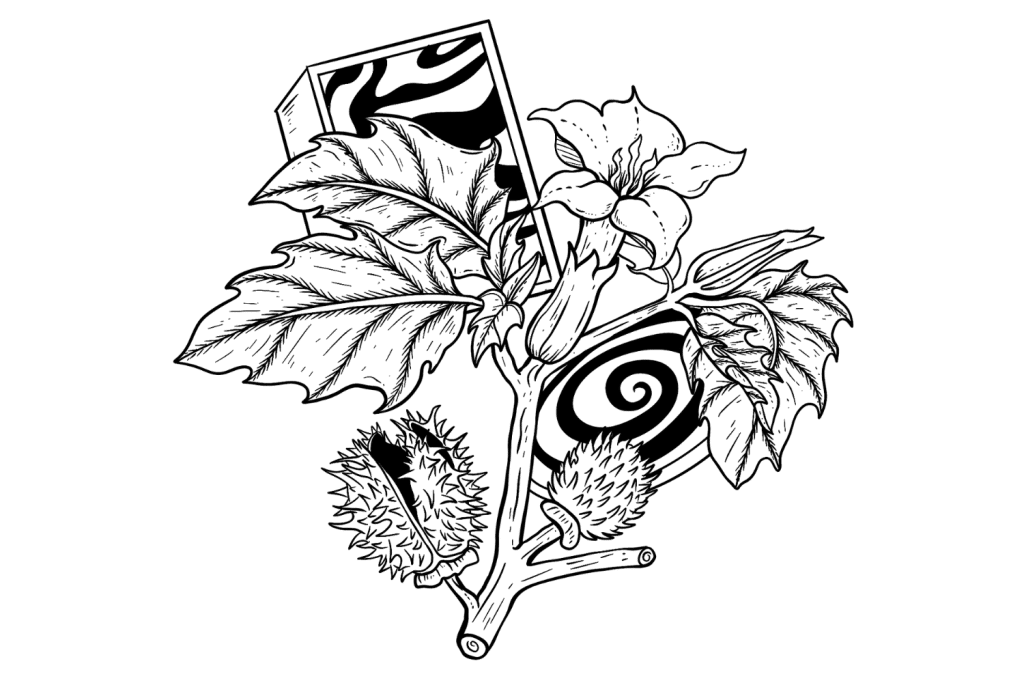
Datura (Jimsonweed)
Datura is a weed found growing in North America and Europe. It’s a member of the nightshade family — which is notoriously toxic despite being the same family that potato, tomato, and eggplant belong to. There are a lot of highly toxic plants in this family.
Datura is a particularly interesting member of this family because of its powerful hallucinogenic effects.
As enticing as this may sound, the hallucinations caused by datura are not enjoyable. This plant is historically associated with the devil because of the highly insidious and negative energy associated with the experience. Many people who use datura describe demonic visions and terrifying visuals. It makes you feel like you’re going insane.
It’s even listed as an essential ingredient in “Haitian Voodoo Zombie Potion“.
Aside from the negative hallucinogenic effects of this plant, datura has direct toxic effects that can even lead to death. It contains a series of anticholinergic compounds that can lead to respiratory depression, irregular heart rate, fever, permanent psychosis, and death.
The signs of datura poisoning (anticholinergic poisoning) were recorded in old medical texts as being “hot as a hare, red as a beet, dry as a bone, blind as a bat and mad as a hatter.”
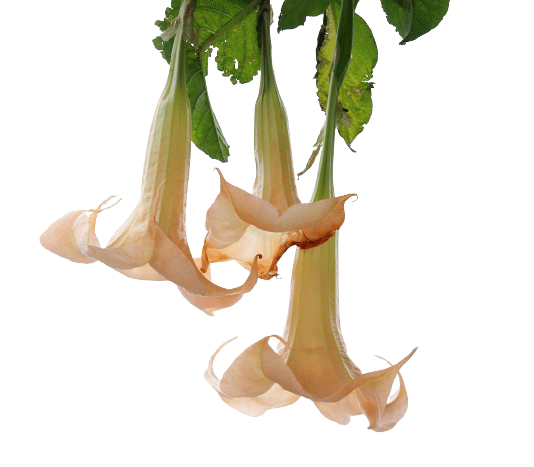
Brugmansia
Brugmansia is a genus of flowering shrubs closely related to datura. There are several species of Brugmansia that contain the same tropane alkaloids responsible for the hallucinogenic effects of datura.
These shrubs are found throughout central and South America and are a popular garden species for their attractive, trumpet-like flowers.
Brugmansia also contains scopolamine — which is a compound known for its unique ability to strip the mind from “free will”, opening it up to the power of suggestion.
For this reason, Brugmansia is often used in ayahuasca to help the shaman lead the user to believe whatever they want. This is not a conventional ingredient in ayahuasca and should never be used. Only unethical, scam shamans use this ingredient in their ayahuasca.
Much like datura, the high produced from Brugmansia almost never has a positive sentiment. It generates terrifying visions that can leave a lasting impact on the psyche for years to come. There have been dozens of deaths reported as a direct result of Brugmansia ingestion and plenty of examples of psychotic breaks.
Scopolamine
There’s a tree native to Colombia called the borrachero shrub. It contains a high concentration of a compound called scopolamine (hyoscine).
Scopolamine is widely considered one of the most dangerous drugs on Earth. What makes it dangerous isn’t its toxicity — although it is highly toxic. What really makes it so dangerous is its ability to remove the ability to form memories and the destruction of your ability to make decisions. It traps your consciousness and turns you into a zombie — stripping away your ability to make decisions of your own free will.
This drug turns users into mindless zombies — completely open to the power of suggestion. They look and act (mostly) normal. They can walk, move, and talk — but are completely mindless and suggestable.
While under the influence of the borrachero shrub or scopolamine, any idea can be suggested to the user, and they will follow it. Thieves use this plant to drug their victims and instruct them to allow them into their homes or even travel to a bank machine and start pulling out their money. When they wake up from the trance several hours later, they have no recollection of the events that took place.
The effects of the borrachero tree can also be hallucinogenic, but it’s rare for people to use it recreationally because of how deadly it is, how horrifying the hallucinations can be, and because you’re unlikely to remember any of it the following morning anyway.
N-Bombs (25I-NBOMe)
N-Bombs (NBOMe) are a popular alternative to LSD. It was first synthesized in the early 2000s in a wave of new “legal psychedelics”. Researchers were inventing new psychoactive substances at an incredibly rapid rate to stay ahead of the regulators. A compound would be invented, and by the time the regulators were able to ban it, there would be another one just like it — yet different enough to remain legal.
This has since been patched in the United States. Now any new psychoactive drug is considered illegal until proven safe. It’s an “opt-out” system now, rather than “opt-in.”
N-Bombs are sold under many names, and there are many different versions. Some other common names include Climbi-5 or Solaris.
Despite the relative popularity of this drug, it’s widely considered to be unsafe. There have been numerous reports of people dying from N-Bombs. Enough that it doesn’t make sense to risk it when there are so many other (safe) psychedelics that have similar or better effects.
- NBOMe-mescaline
- 2C-H-NBOMe
- 2C-C-NBOMe’
- 2CBCB-NBOMe (NBOMe-TCB-2)
- 2CBFly-NBOMe (Cimbi-31)
- 2C-B-NBOMe (Cimbi-36, Nova, or New Nexus)
- 2C-TFM-NBOMe
- 2C-D-NBOMe
- 2C-G-NBOMe
- 2C-E-NBOMe
- 2C-P-NBOMe
- 2C-iP-NBOMe
- 2C-CN-NBOMe
- 2C-N-NBOMe
- 2C-T-NBOMe
- 2C-T-4-NBOMe
- 2C-T-7-NBOMe
PCP (Phencyclidine)
PCP has been around for a very long time as a dissociative analgesic during surgeries. It was first developed in the 1950s and was frequently used in medicine. However, the severe neurotoxic side effects of this drug lead regulators to ban the drug as soon as there was a viable alternative – namely ketamine.
PCP (also known as angel dust) is a noncompetitive NMDA receptor agonist. It’s highly stimulating, dissociative, and psychedelic. It’s also highly addictive and incredibly dangerous. It’s common for people who use even a very small dose of PCP to encounter psychotic breaks lasting the rest of their life. There are also a lot of reports of people committing suicide while on PCP.
People who use PCP regularly report permanent memory loss, difficulties with speech and thinking, and a host of mood and psychiatric disorders.
This drug is surprisingly addictive for a psychedelic. It leads users to compulsively seek out PCP despite the unsettling and often terrifying experiences it delivers.
Synthetic Cathinones (Bath Salts)
Bath salts are a common name for a large and diverse group of compounds. The most common are MDPV (methylenedioxypyrovalerone) and alpha-PVP (alpha-pyrrolidinopentiophenone hydrochloride).
These drugs became popular in the early 2000s as a “legal high.” People would use it primarily for its stimulant effects as a cheap alternative to cocaine or crack. Others would use higher doses for its hallucinogenic effects.
This drug is extremely dangerous. It’s highly stimulating, often making people feel as though they’re overheating. As a direct result of this effect, one of the characteristic signs of bath salt intoxication is stripping naked.
Bath salts alter the perception of reality, remove inhibition, and induce states of intense panic, fear, or rage. It’s common for people using these drugs to climb buildings, jump through glass, or otherwise cause severe bodily harm to themselves or others.
Many people using these drugs experience psychotic breaks that can lead to lifelong side effects and mental health disorders — even from a single trip.
- 2′-MeO-Benzedrone
- 2,3-MDMC
- 2,3-MDPV
- 2,4,5-TMMC
- 2,4,5-TMOMC
- 2,4-DMEC
- 2,4-DMMC
- 2,4-DMPPP
- 2,5-DMOMC
- 2-BMC
- 2-CMC
- 2-EEC
- 2-FEC
- 2-FMC
- 2-IMC
- 2-MEC
- 2-MePPP
- 2-Methylbutylone
- 2-MMC
- 2-MOMC
- 2-TFMAP
- 3,4-DCMC
- 3,4-DMEB
- 3,4-DMEC
- 3,4-DMEP
- 3,4-DMMC
- 3,4-EDMC
- 3,5-DCMC
- 3,5-DFMC
- 3-BF-PVP
- 3-BMC
- 3-CBV
- 3-CEC
- 3-EEC
- 3-EMC
- 3-F-PBP
- 3-F-PPP
- 3-F-PVP
- 3-FC
- 3-FEC
- 3-Fluorobuphedrone
- 3-FMC
- 3-IMC
- 3-MEC
- 3-MePPP
- 3-MMC
- 3-MOMC
- 3-MPBP
- 3-TFMAP
- 3F-PiHP
- 4-BEC
- 4-Br-PVP
- 4-Bromobuphedrone
- 4-CBC
- 4-CDMC
- 4-CEC
- 4-CiPC
- 4-Cl-Pentedrone
- 4-Cl-PHP
- 4-Cl-PVP
- 4-EEC
- 4-EFMC
- 4-EMC
- 4-F-hexedrone
- 4-F-iPr-norpentedrone
- 4-F-NEB
- 4-F-octedrone
- 4-F-Pentedrone
- 4-FC
- 4-FEC
- 4-Fluorobuphedrone
- 4-IMC
- 4-MC
- 4-Me-DMB
- 4-Me-NEB
- 4-MEAP
- 4-MEAP
- 4-MEC
- 4-MeMABP
- 4-MeO-PV8
- 4-MeO-PV9
- 4-MePPP
- 4-Methoxybuphedrone
- 4-methylhexedrone
- 4-Methylpentedrone
- 4-MPC
- 4-MSMC
- 4-MTMC
- 4-PHMC
- 4-TFMAP
- 4F-PiHP
- 4F-PV8
- 4F-PV9
- 5-BPDI
- 5-DBFPV
- 5-HPDI
- 5-Me-MDPV
- 5-Methylbutylone
- 5-Methylethylone
- 5-Methylmethylone
- 5-PPDI
- 6-Me-MDPV
- 6-MeO-MDPV
- Benzedrone
- BMDB
- BMDP
- Bn-4-MeMABP
- Br-MeO-MDPV
- Brephedrone
- Buphedrone
- Bupropion (3-CBP)
- Butylone
- Caccure 907
- Cathinone
- Cl-PPP
- Clephedrone
- Clophedrone
- Diethylone
- Diethylpropion
- Dimethedrone
- Dimethylcathinone
- Dimethylone
- Dipentylone
- DL-4662
- DMOPHP
- DMOPVP
- DMPVP
- DPPE
- EDMC
- EPBP
- Ethcathinone
- Ethedrone
- Ethyl-Hexedrone
- Ethylone
- Eutylone
- Flephedrone
- FMMC
- FPBP
- FPHP
- FPPP
- FPPVO
- FPVP
- Hexedrone
- Hexylone
- Hydroxybupropion
- IPPV
- Isohexedrone
- MDMPP
- MDPBP
- MDPEP (MD-PV8)
- MDPHP
- MDPiVP
- MDPOP (MD-PV9)
- MDPPP
- MDPT
- MDPV-azepane
- MEH
- Mephedrone
- Methcathinone
- Methedrone
- Methylone
- Mexedrone
- MFMC
- MFPVP
- MMOMC
- MMOPBP
- MOPBP
- MOPPP
- MOPVP
- MPBP
- MPEP
- MPHP
- N,N-DEMC
- N,N-DMMC
- N,N-MEMC
- N-acetyl-ethylone
- N-acetyl-methylone
- N-acetyl-βk-MDA
- N-Butyl-hexedrone
- N-butylpentylone
- N-Ethylheptedrone
- N-Ethylheptylone
- N-Ethylhexylone
- N-Ethylpentedrone
- N-Ethylpentylone
- N-hydroxy-methylone
- N-Isobutylhexedrone (NDH)
- N-isopropyl-βk-MDA
- N-Isopropylpentedrone
- N-methyl-N-ethylbuphedrone
- N-methyl-N-ethylcathinone
- N-propylpentylone
- Naphyrone (O-2482)
- NEB
- O-2384
- O-2390
- O-2394
- Octedrone
- Pentedrone
- Pentylone
- PPBO
- PPPO
- Propylcathinone
- Pyrovalerone (O-2371)
- TH-PHP
- TH-PVP
- α-Naphyrone
- α-PBP
- α-PBT
- α-PcPeP
- α-PCYP
- α-PEP (α-PHPP)
- α-phenylmephedrone
- α-Phenylpyrovalerone
- α-PHiP
- α-PHP
- α-Phthalimidopropiophenone
- α-PNP
- α-POP
- α-PPP
- α-PPT
- α-PVP (O-2387)
- α-PVT
- βk-2C-B
- βk-2C-C
- βk-2C-D
- βk-2C-E
- βk-2C-I
- βk-2C-iP
- βk-2C-P
- βk-5-IT
- βk-5-MAPB
- βk-6-MAPB
- βk-DMBDB
- βk-DMMDA
- βk-DOB
- βk-Ephenidine
- βk-IBP
- βk-IMP
- βk-IVP
- βk-MDA
- βk-MDOM
- βk-Methiopropamine
- βk-MMDMA
- βk-MMDMA-2
- βk-PBDB
25I-NBOH
This psychedelic is another member of the large and diverse phenethylamine class of compounds. It’s most similar in effects to N-Bombs, but with a shorter duration of effects and slightly lower intensity.
This synthetic psychedelic has gone through little to no formal testing to assess its safety, and with so many early reports of people overdosing on this medication, we’ve decided to list it in the dangerous section. We do not recommend taking this medication for any reason.
What makes this drug so dangerous is the sensitivity of the dose. There is very little buffer room in the dose to allow users to go slightly over the recommended dose. Even a small increase in the dose of this drug has a dramatic impact on its overall effects.
- 2C-C-NBOH
- 2C-B-NBOH
- 2C-I-NBOH
- 2C-CN-NBOH
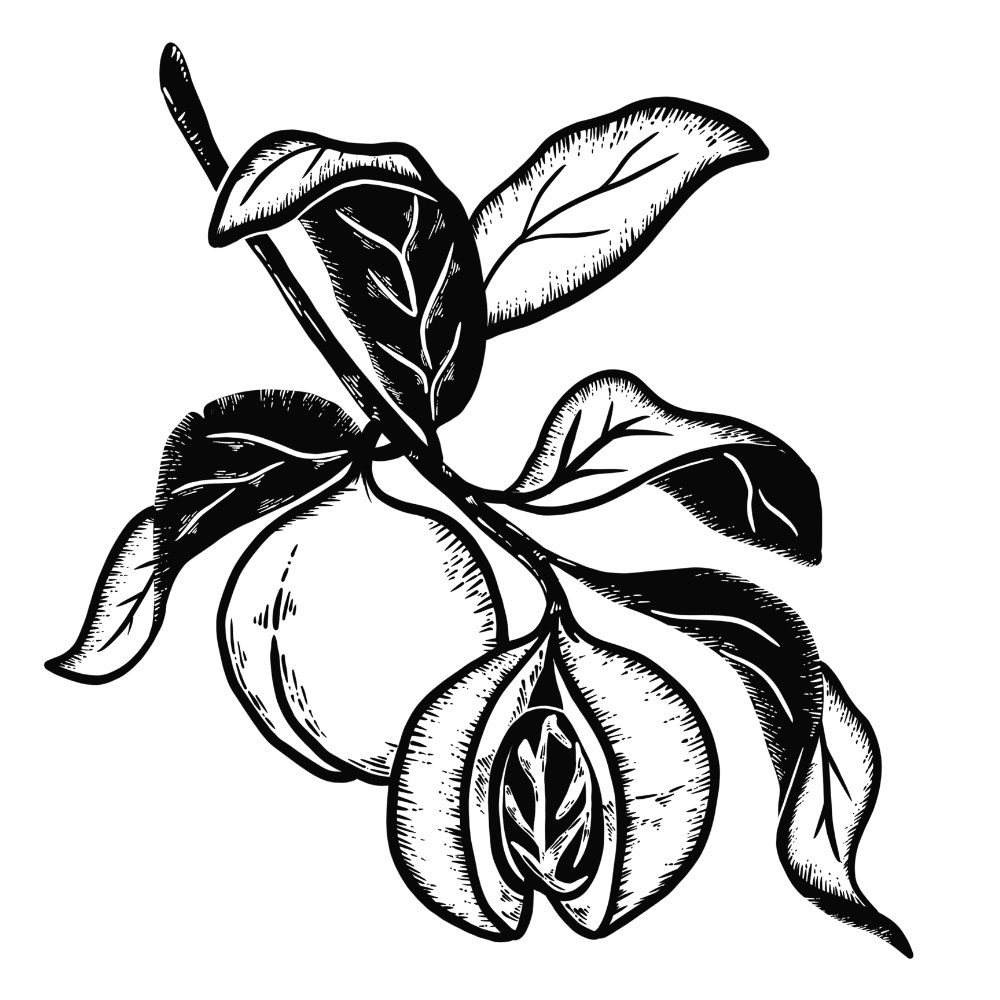
Nutmeg
Nutmeg (Myristica fragrans) is a common culinary spice. Few people know that nutmeg is actually a powerful psychoactive substance when smoked. Enzymes in the stomach kill most of the active ingredients in this spice when we eat it. When smoked, the active ingredients bypass the stomach and enter the bloodstream directly. Alternatively, some people will get high from this spice by simply eating a lot of it — roughly 10 grams of nutmeg is enough to have psychoactive effects.
The active ingredient in nutmeg is a compound called myristicin. This compound works in a similar way as mescaline, targeting dopamine receptors and norepinephrine receptors to cause an altered state of consciousness.
Unfortunately, nutmeg is also highly toxic when used in this way. The right dose can create a powerful high similar to peyote or San Pedro cactus, but even slightly too much can cause heart palpitations, dizziness, fainting, and even death.
Never attempt to smoke or get high on nutmeg. The effects are unpredictable and very dangerous.
Snake Venom
The venom of certain poisonous snakes, usually cobras, is sometimes used as a recreational high. Scorpion venom is also sometimes be used.
While not inherently psychedelic, the effects of snake venom can be very intoxicating and have led some people to experience mild hallucinations.
While this should be obvious, it’s not safe to use snake venom in any context. It’s very easy to take too much or use venom that hasn’t been prepared properly — leading to severe side effects or death.
Snake venoms are usually injected, taken in capsule form (called K-72 and K-76), or consumed as a tincture with alcohol.
Are Psychedelics Legal?
Psychedelics are illegal in almost every country in the world. There are only a few exceptions in specific municipalities or states where psychedelic drugs like psilocybin or LSD are considered legal or decriminalized.
For example, Vancouver, Canada, recently decriminalized all drugs — including psychedelics. This doesn’t make them legal; it just removes the federal prosecution charges if caught in possession of these substances.
Oregon and Washington DC in the United States recently did the same, and Denver, Colorado, approved a bill that allowed for the use of magic mushrooms specifically.
In general, it’s safe to assume psychedelics are illegal where you live unless otherwise specified.
However, times are changing. More research is published every year that supports the idea that classical psychedelics are safe, non-addictive, and provide legitimate medical value.
This research continues to bring us closer to the possibility of legalizing psychedelics — or at the very least, decriminalizing their use.
Related: List of legal psychoactive substances.
What Are Designer Drugs?
We’ve mentioned the idea of designer drugs a fair bit in this guide.
A designer drug is considered any functional analog of a controlled substance for the purpose of providing a legal alternative. These drugs are designed to share the same pharmacological effects yet look different enough that they can’t be included in the regulations that ban the original molecule.
Designer drugs had a heyday in the early 2000s and 2010s as labs were constantly ahead of the regulators seeking to block potentially dangerous and untested hallucinogenic or stimulant substances.
What is Microdosing?
Microdosing is the act of using a very small dose of a psychoactive substance. The dose used is so small; it’s not strong enough to produce any of the hallucinations or altered states of perception.
There’s been a lot of promising research lately on the use of microdoses of LSD, psilocybin, or MDMA for treating depression, addiction, and anxiety.
Other people use microdoses to stimulate flow-states, be more productive, or be empathetic towards others.
Suggested Reading: 32 Psychedelic-Inspired Movies & Documentaries To Expand Your Mind.
Key Takeaways: Psychedelics
Psychedelics are a large and diverse group of compounds. Today, there are literally hundreds of hallucinogenic compounds available, and likely many thousands more we have yet to discover.
Despite how many psychoactive substances there are (both man-made and in nature), 10 of them account for the vast majority of experiences.
This is because these ten are already well-understood in terms of safety and effect profiles. The rest are either derivative of these 10 or fringe compounds with little to no official research available to prove they’re safe and effective.
Psychedelics can be an incredibly powerful tool for self-growth and mind expansion. They’ve also been shown to offer powerful benefits towards various mental health disorders such as depression, anxiety, or addiction.
These compounds can also be very dangerous if used incorrectly, so always make sure you do your research before you even consider trying a psychedelic.
Educate yourself about how it’s used, what the risks are, how to use them safely, and what you can expect from taking it.

